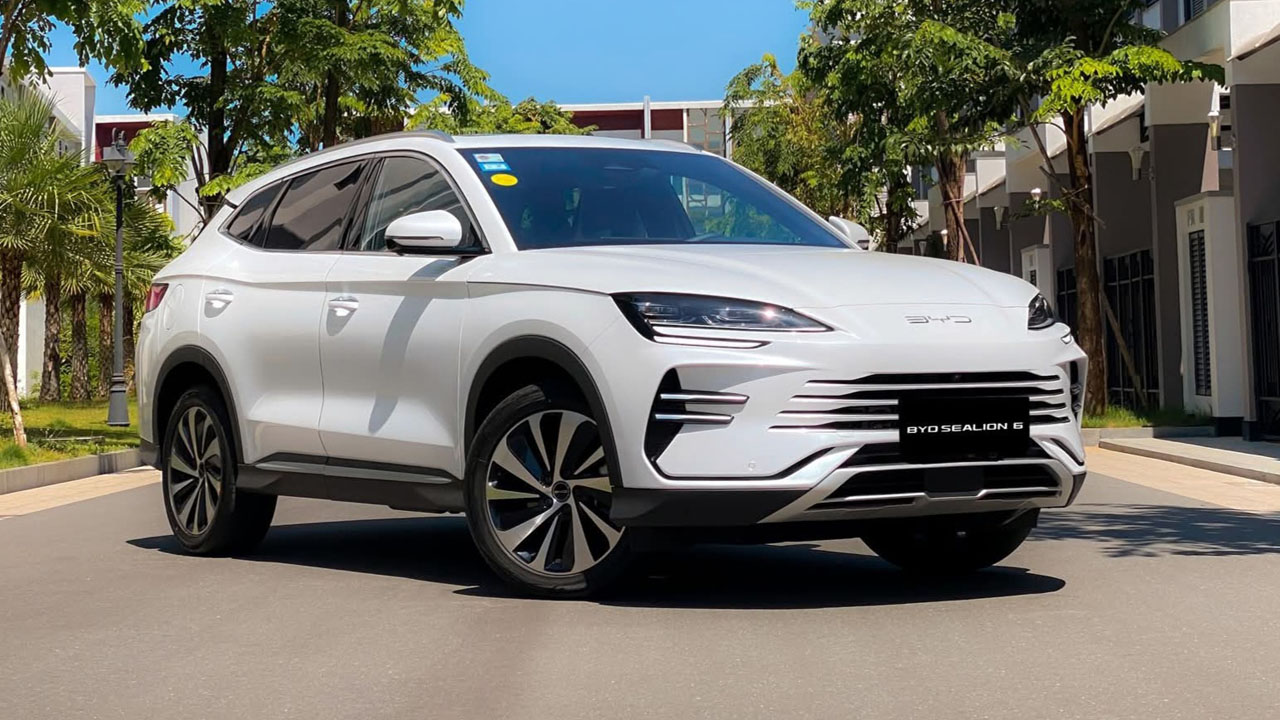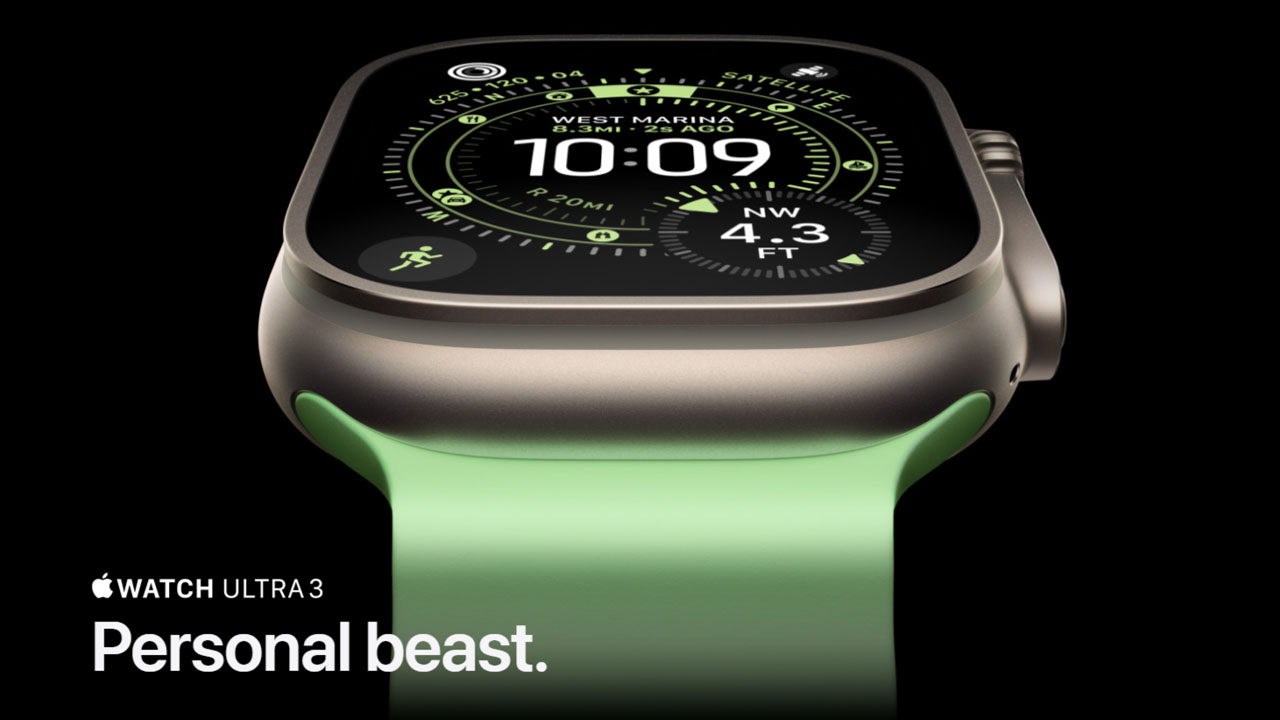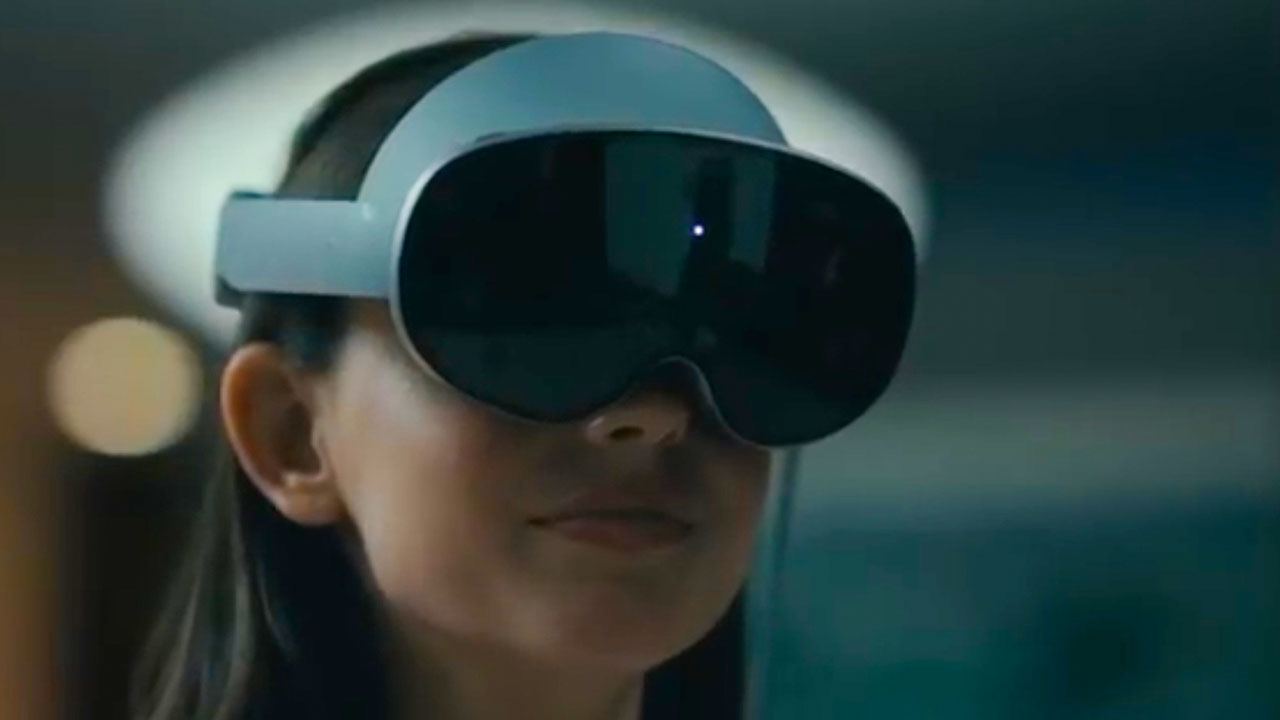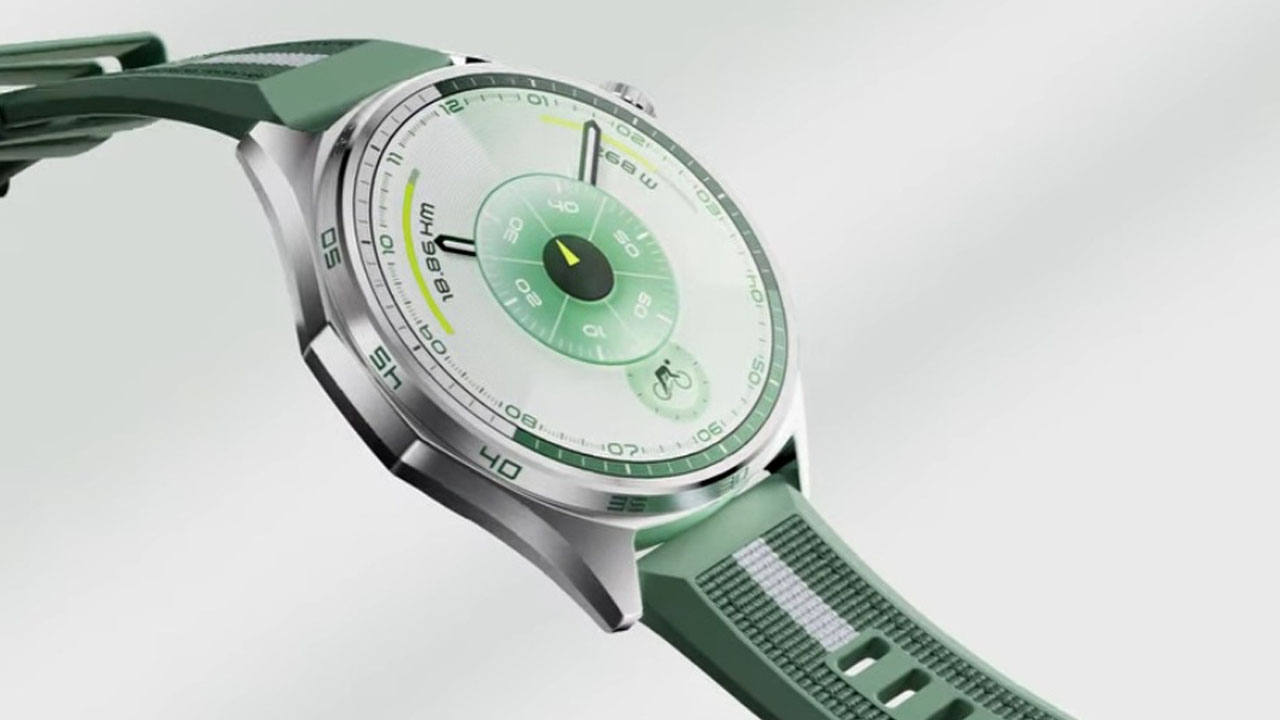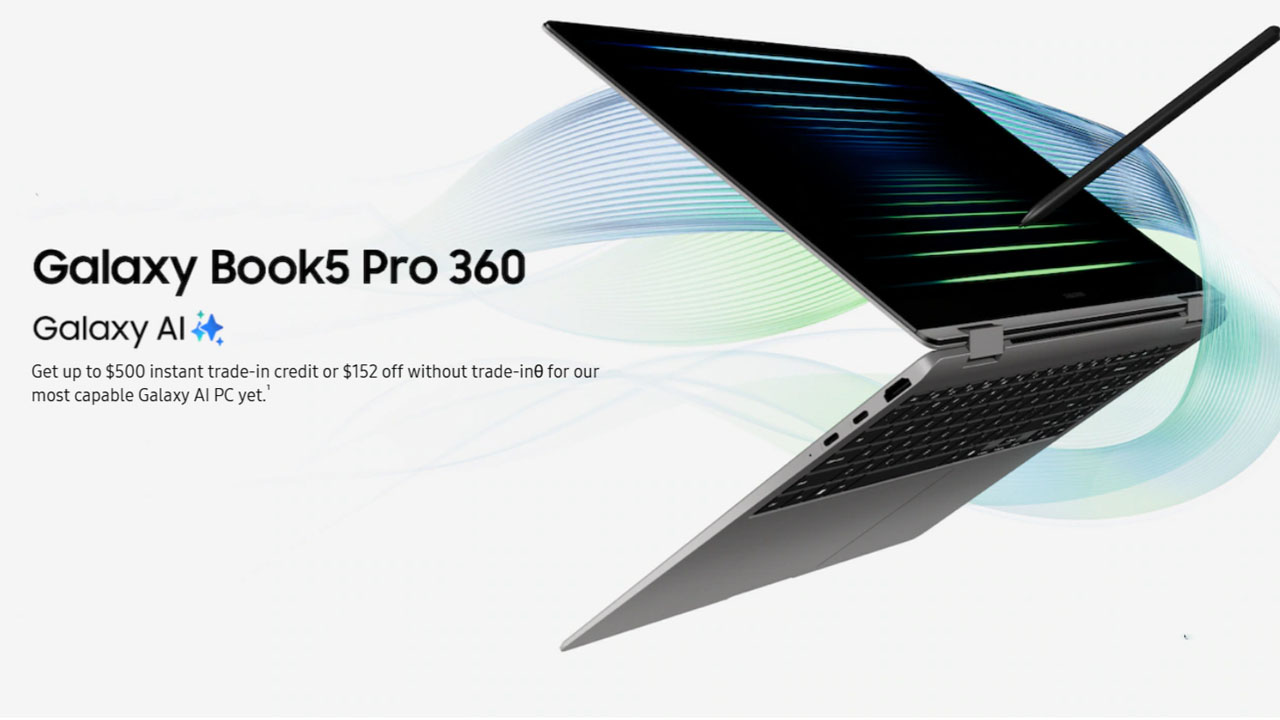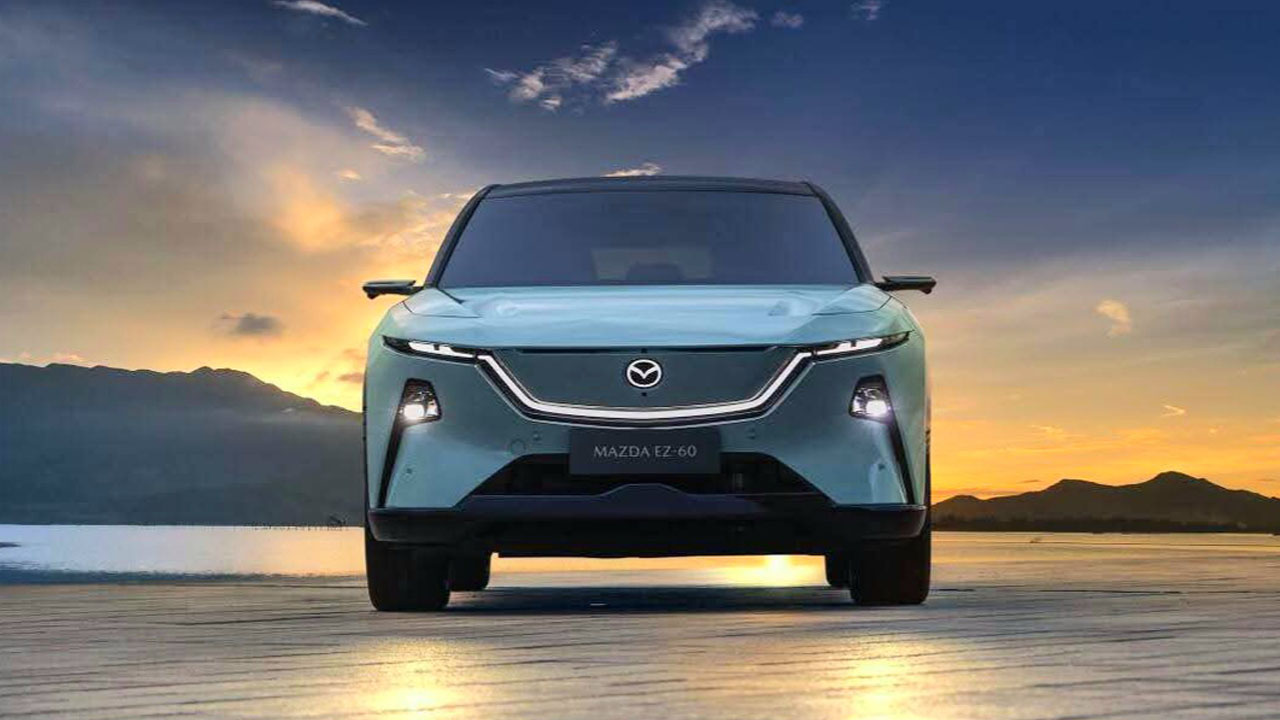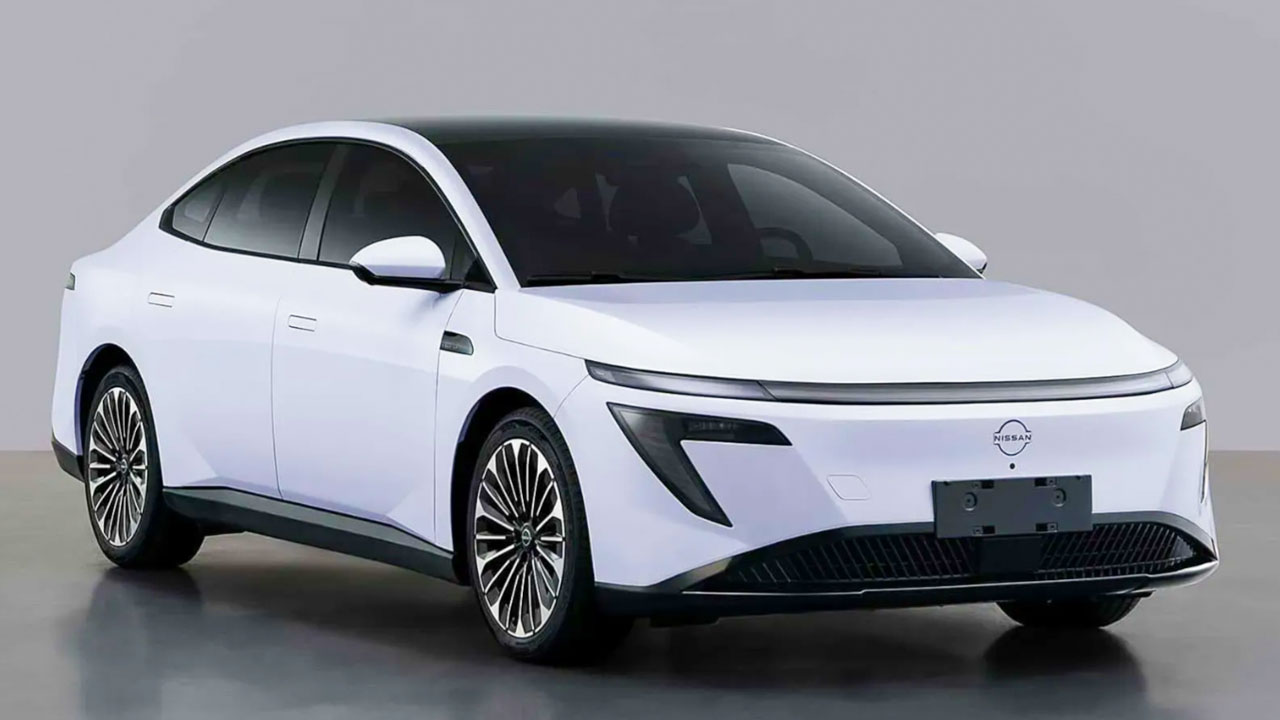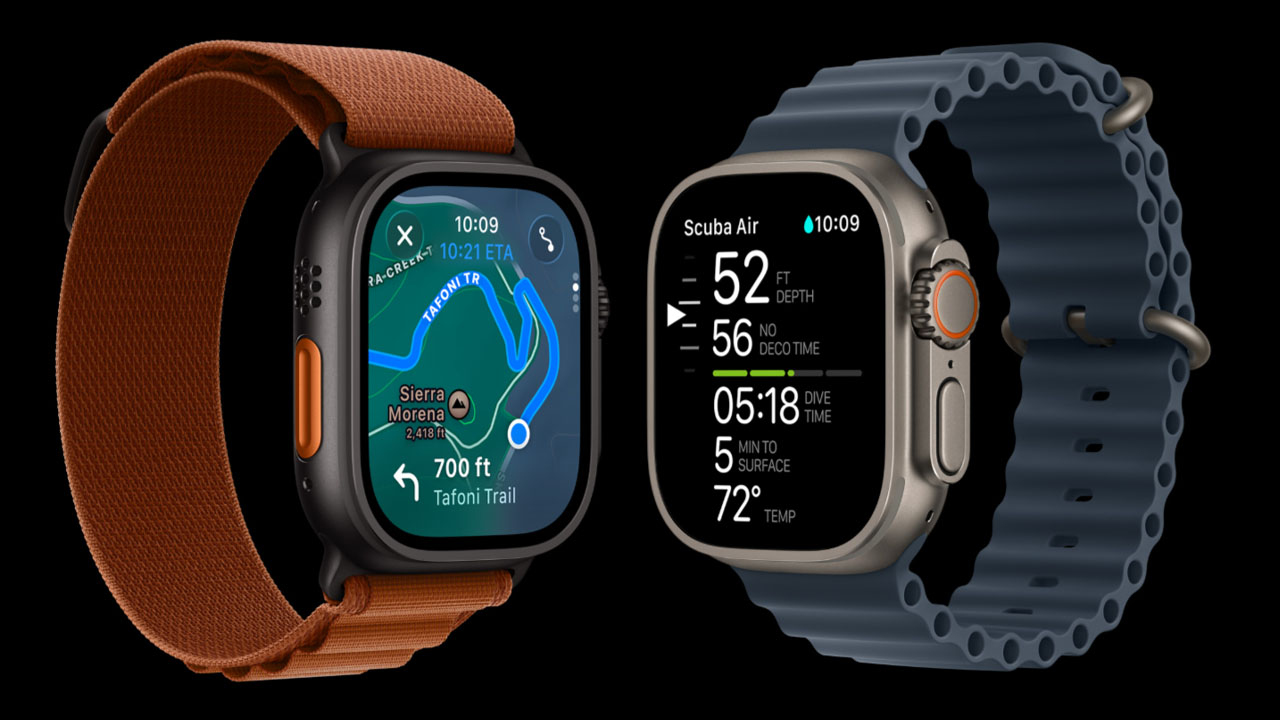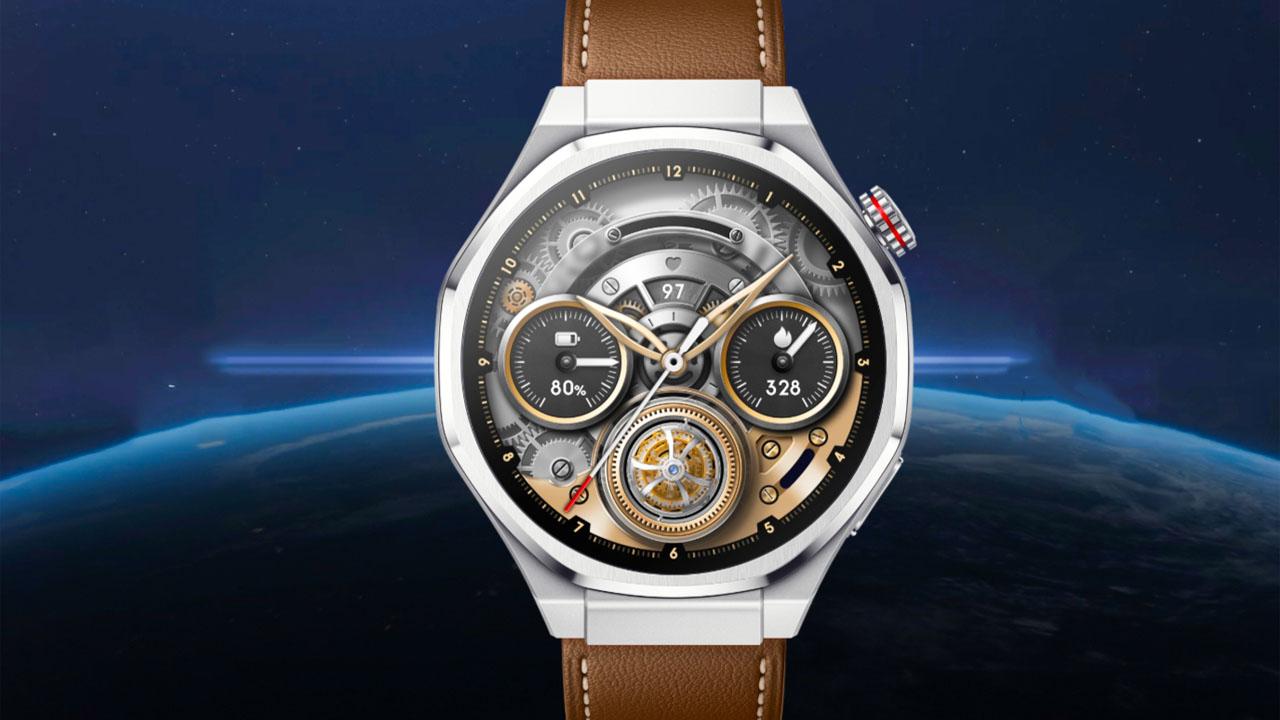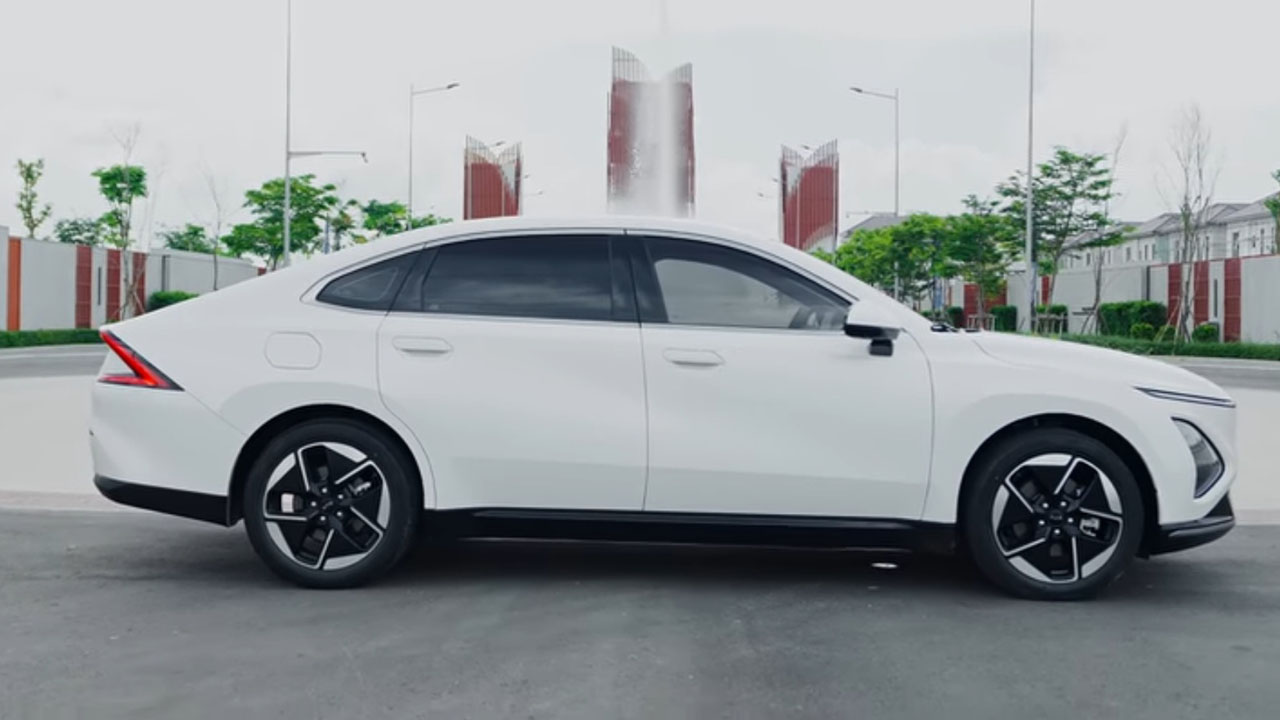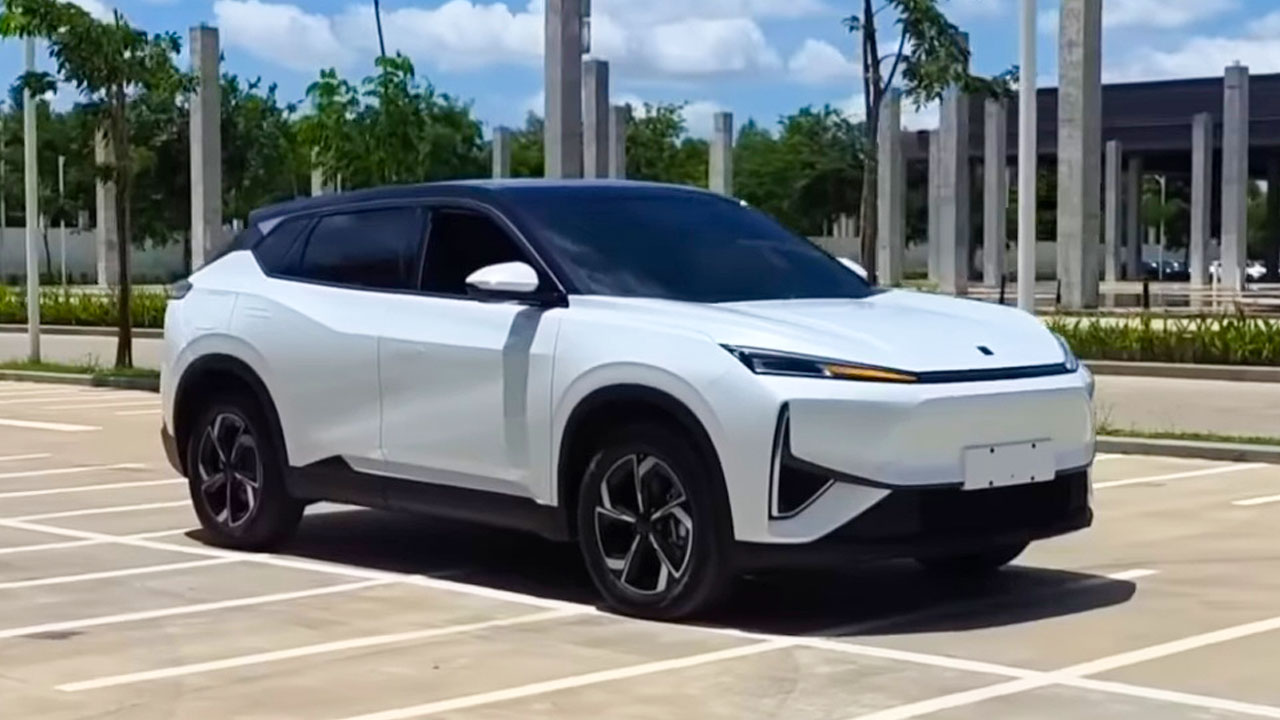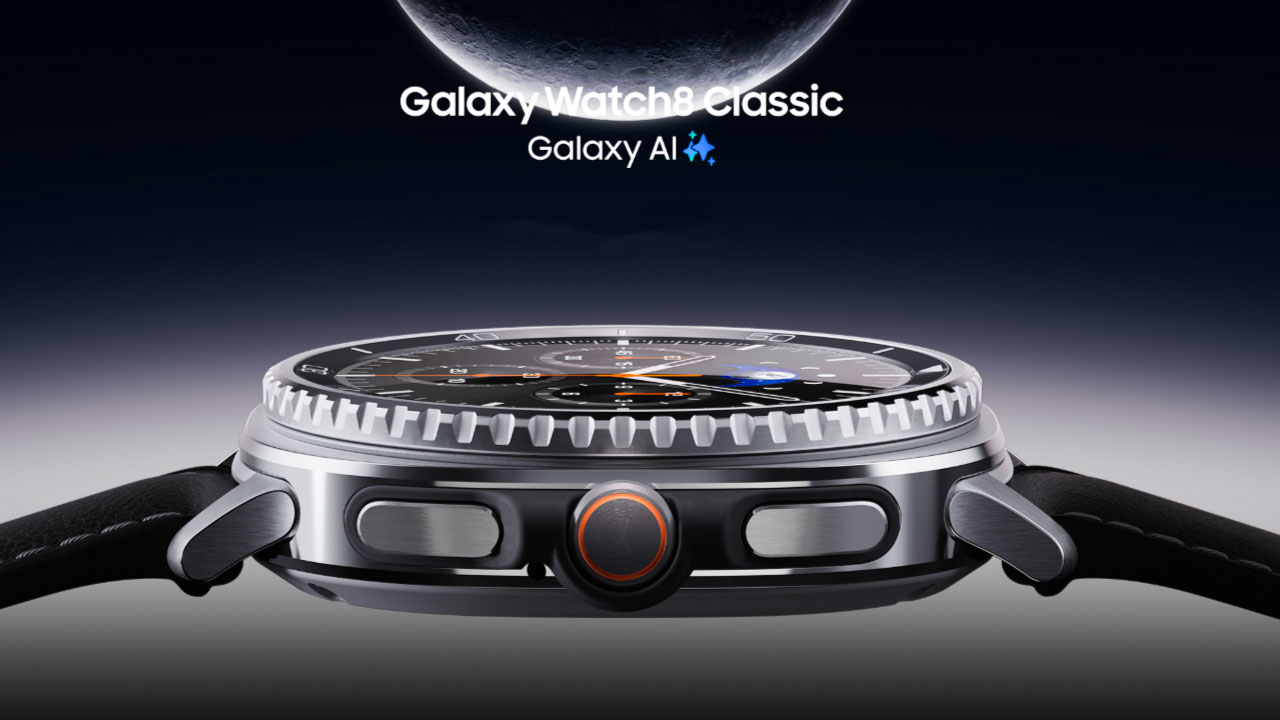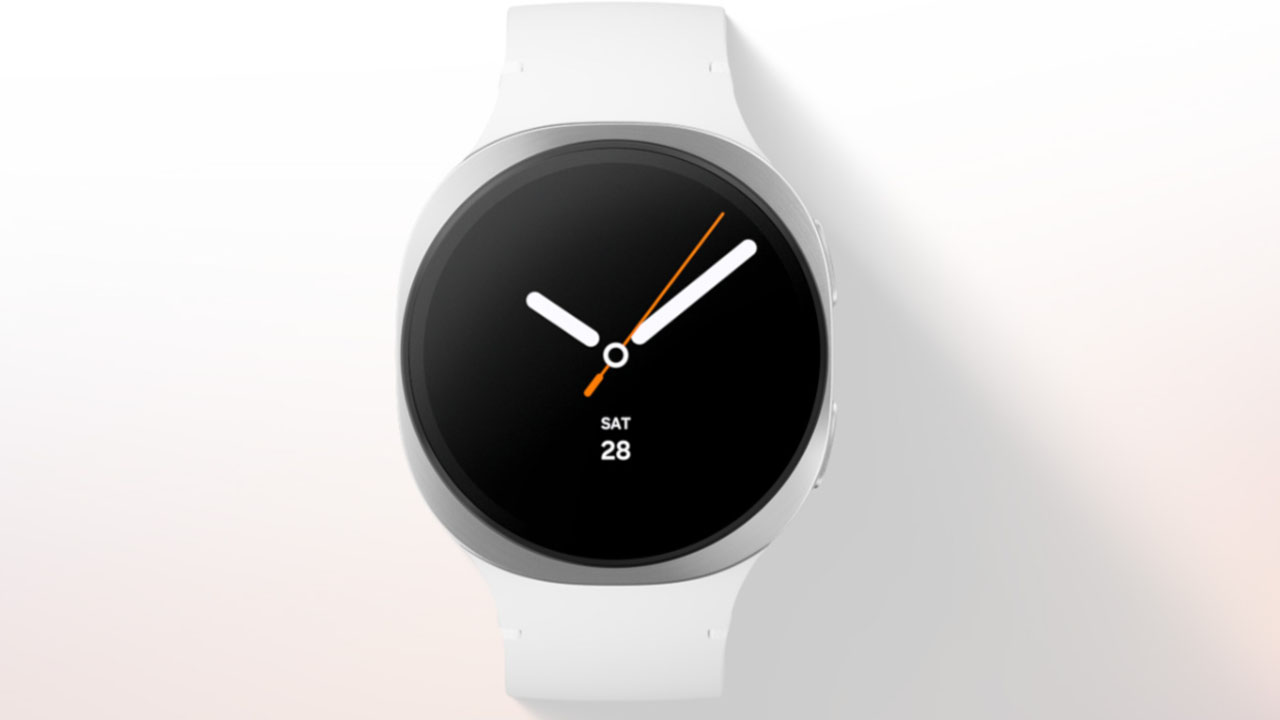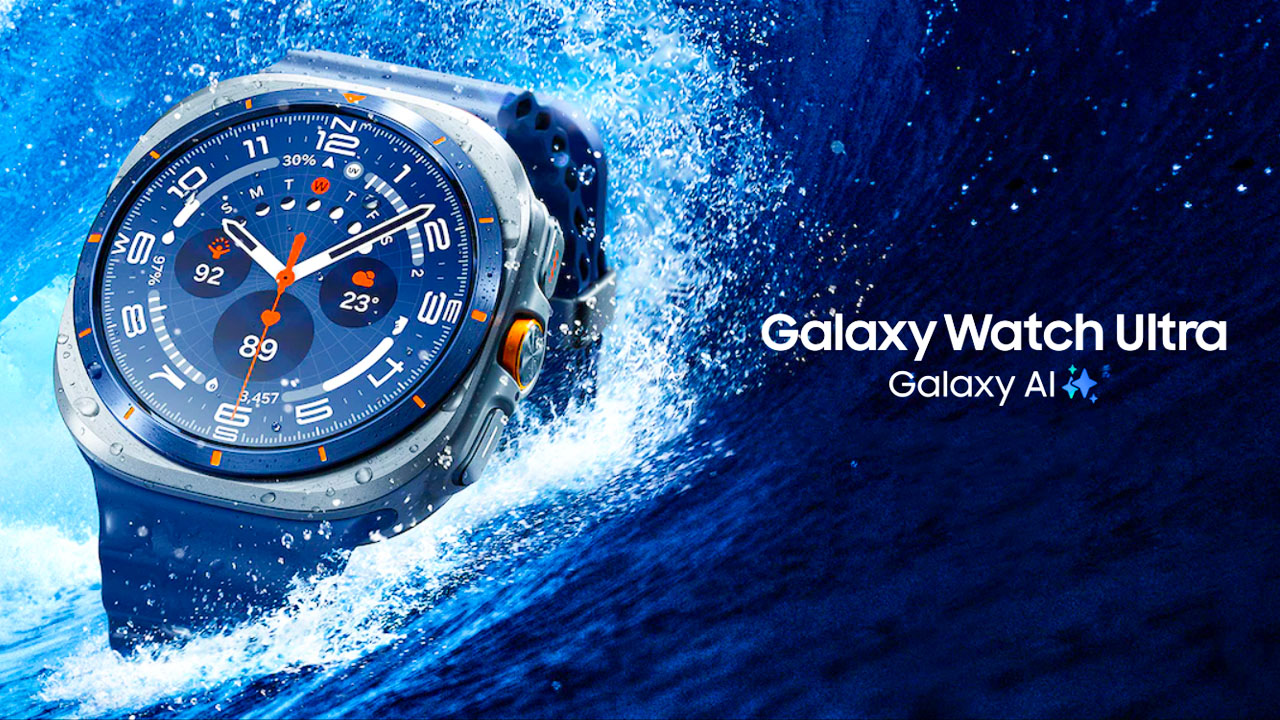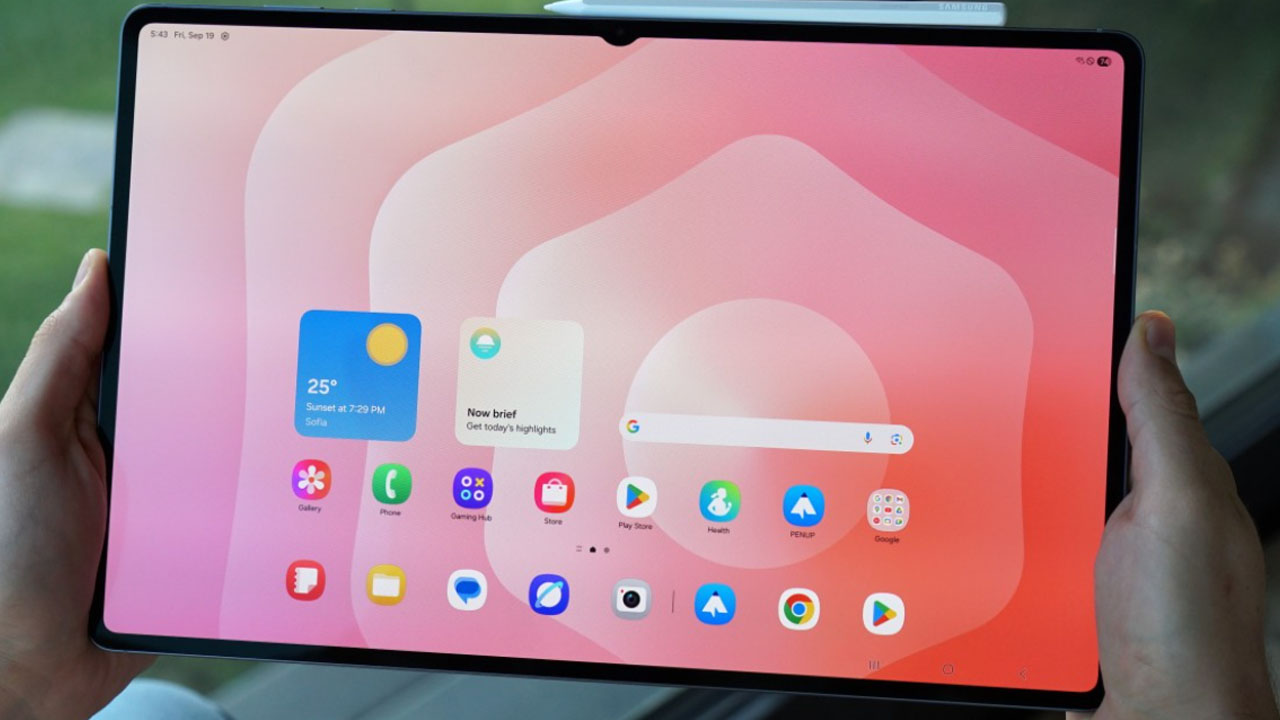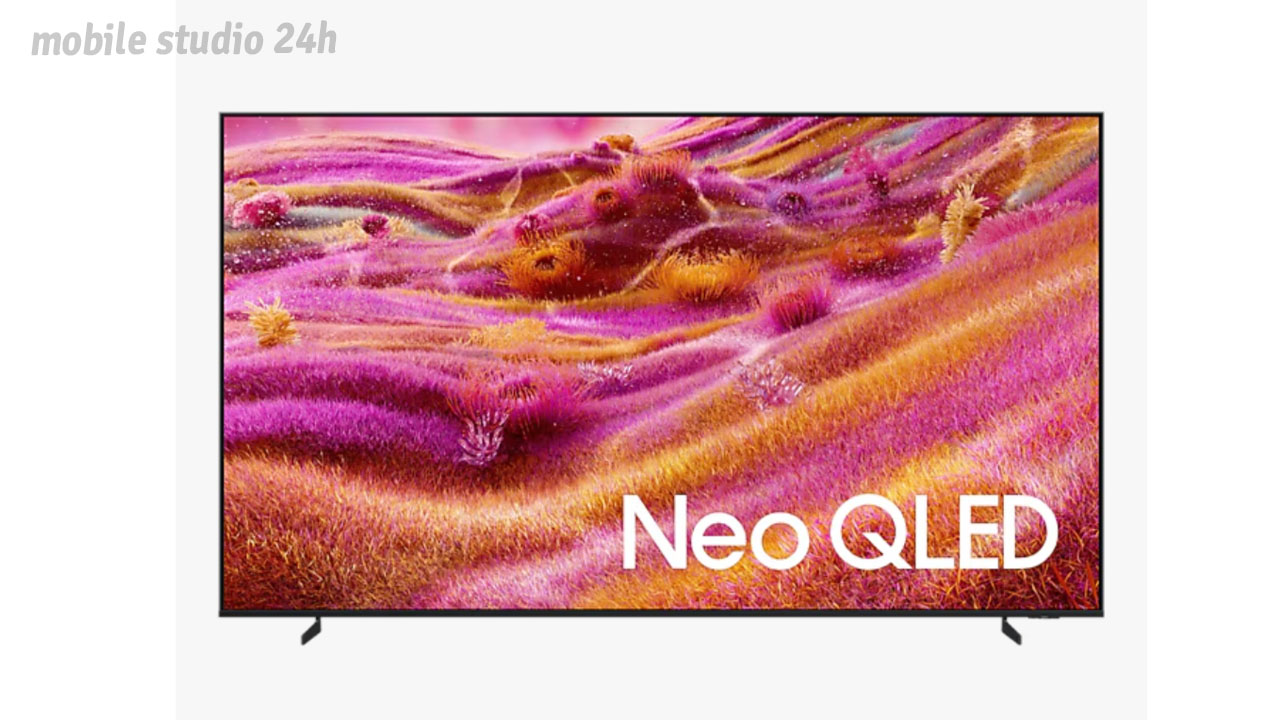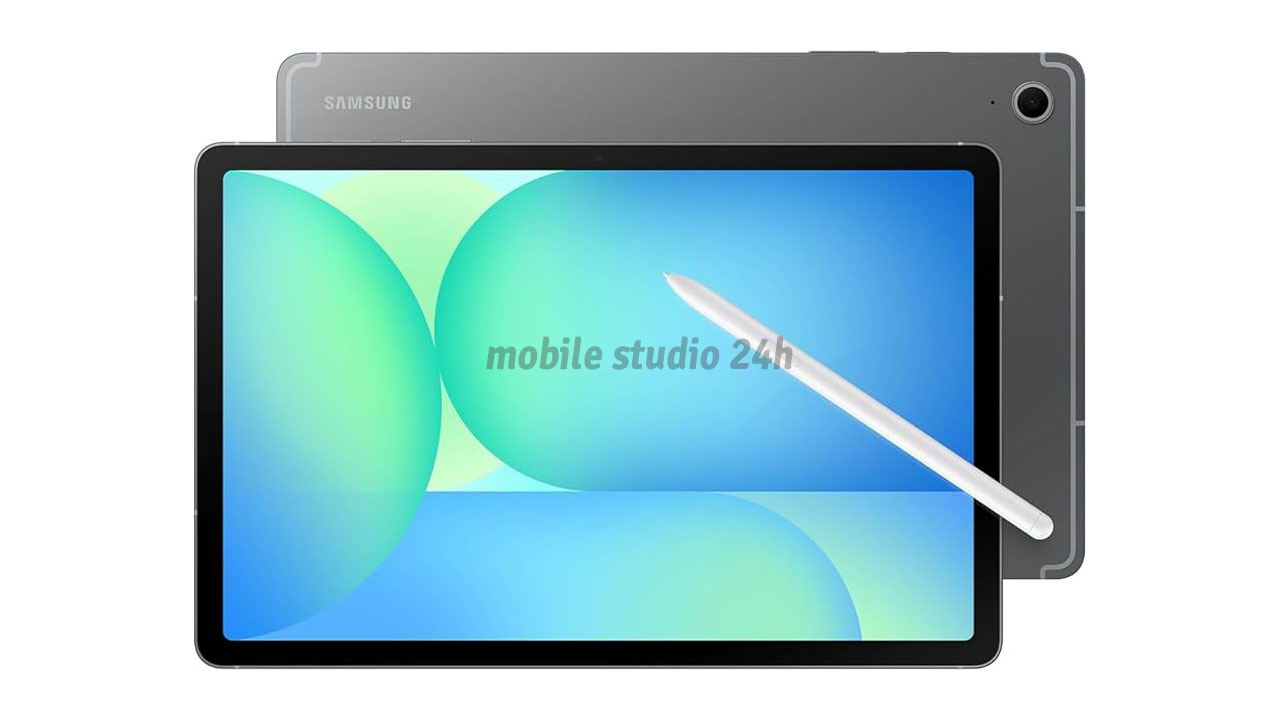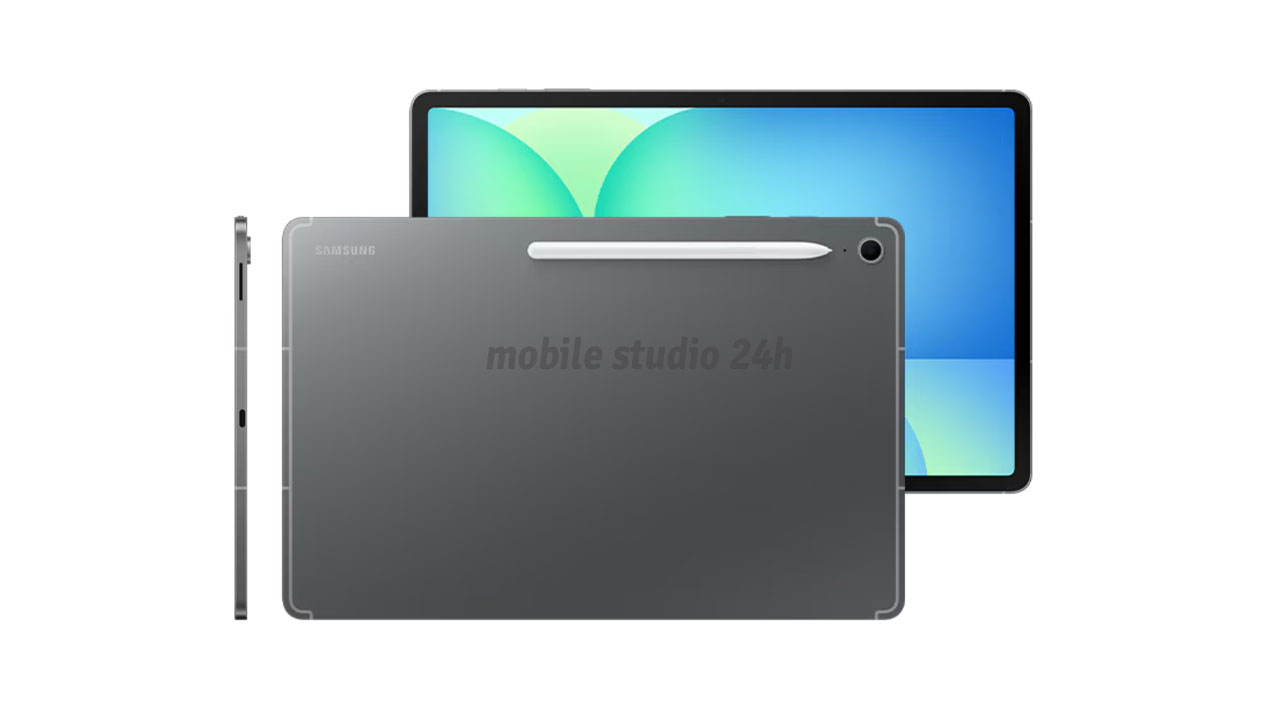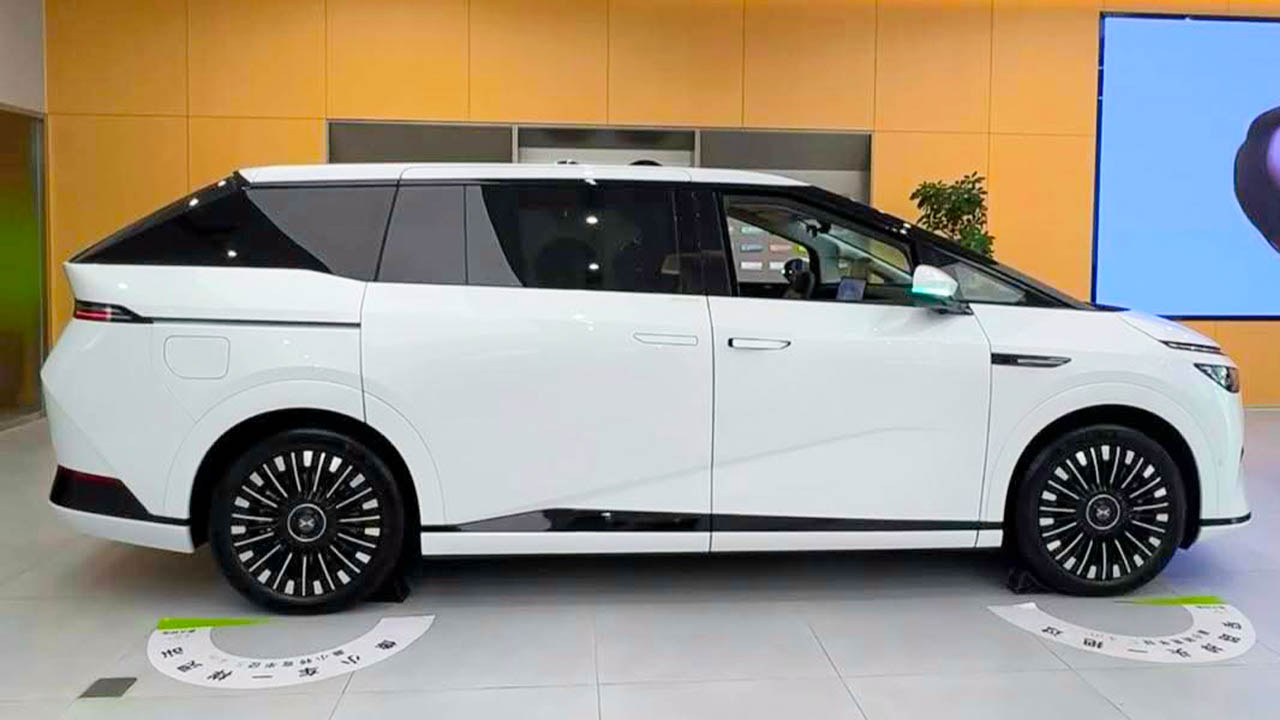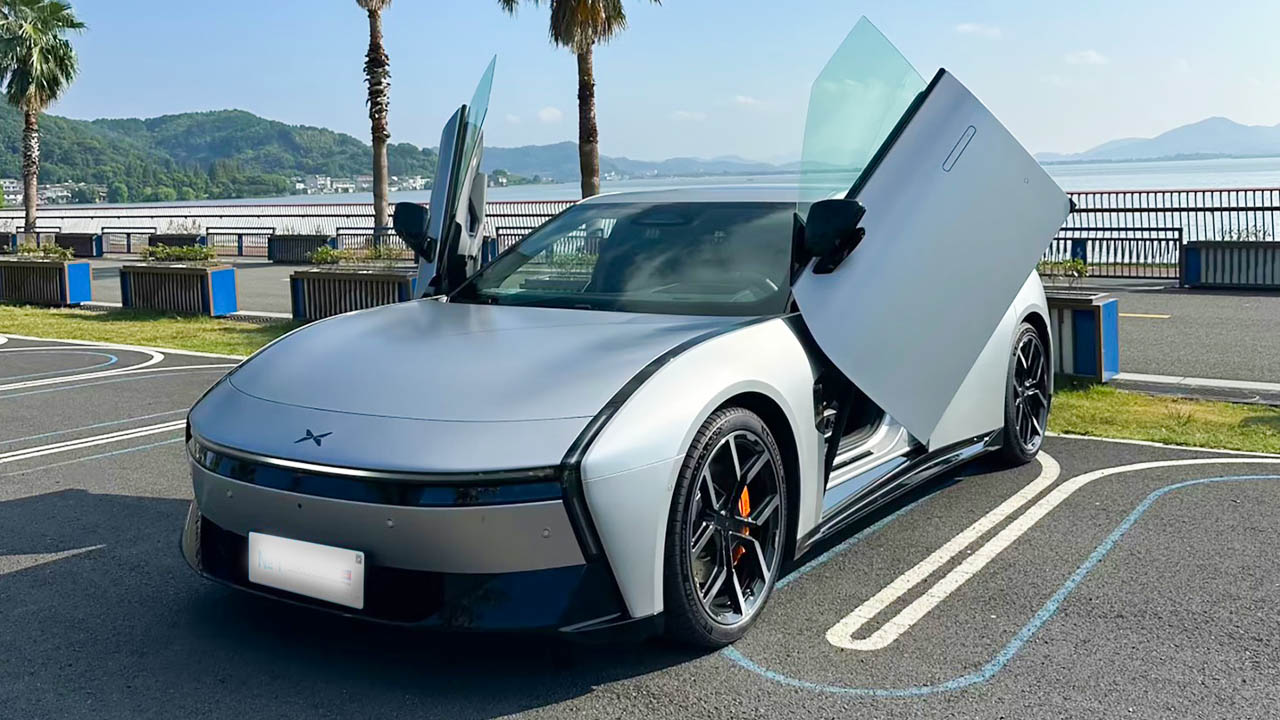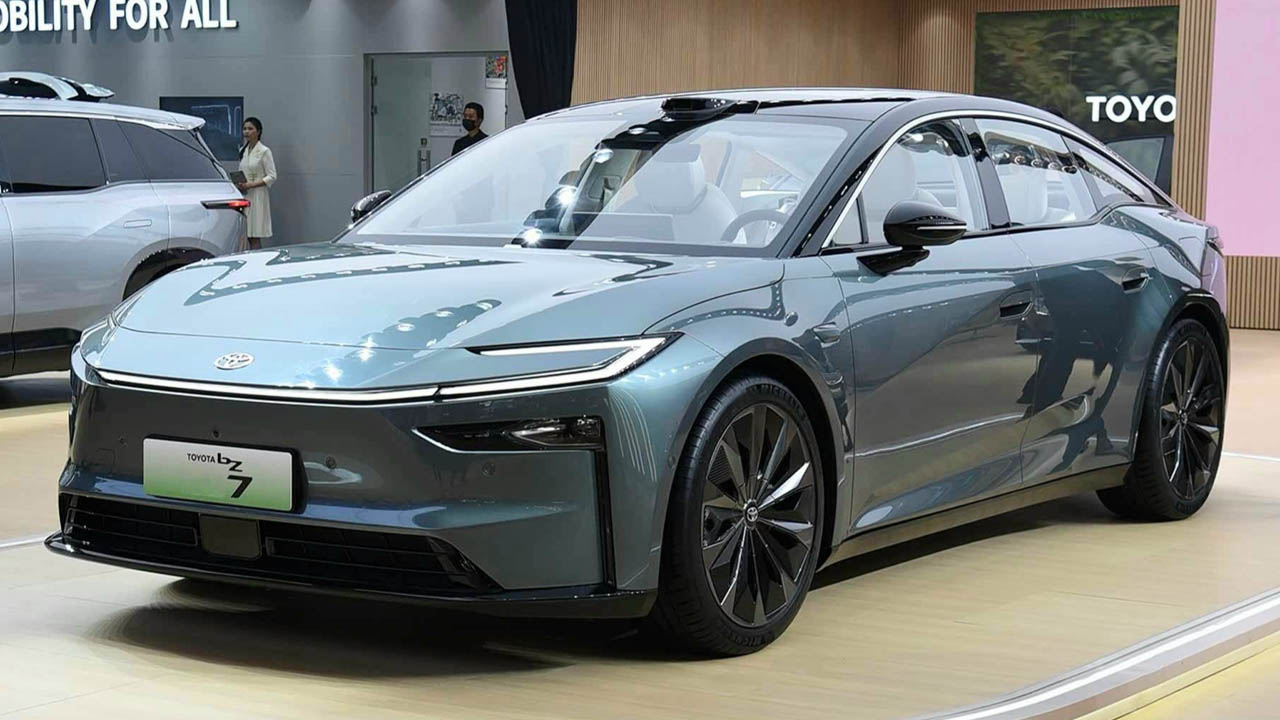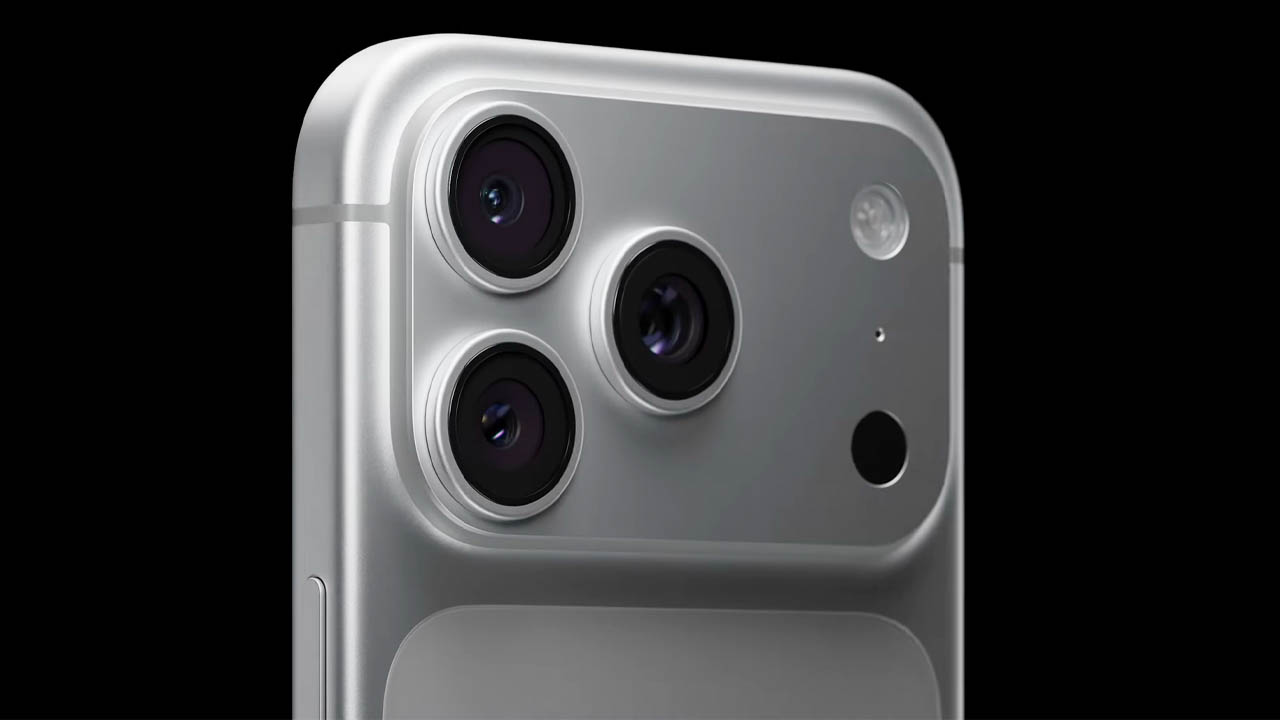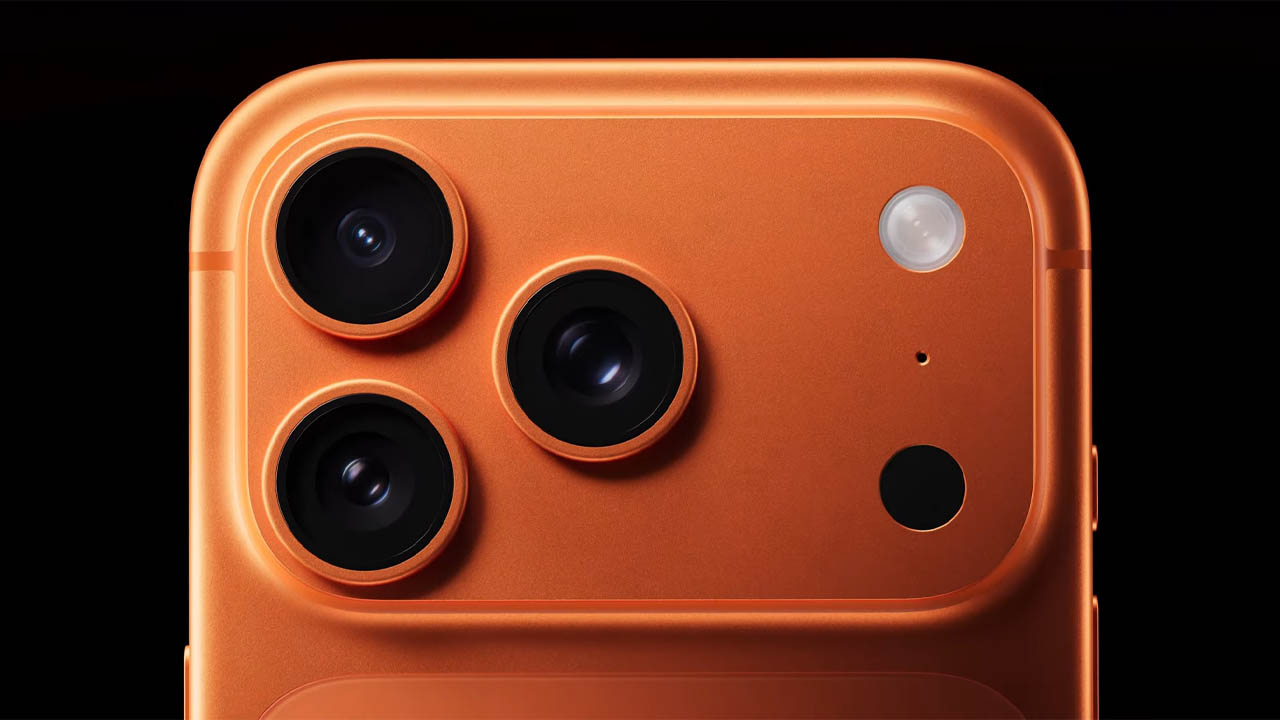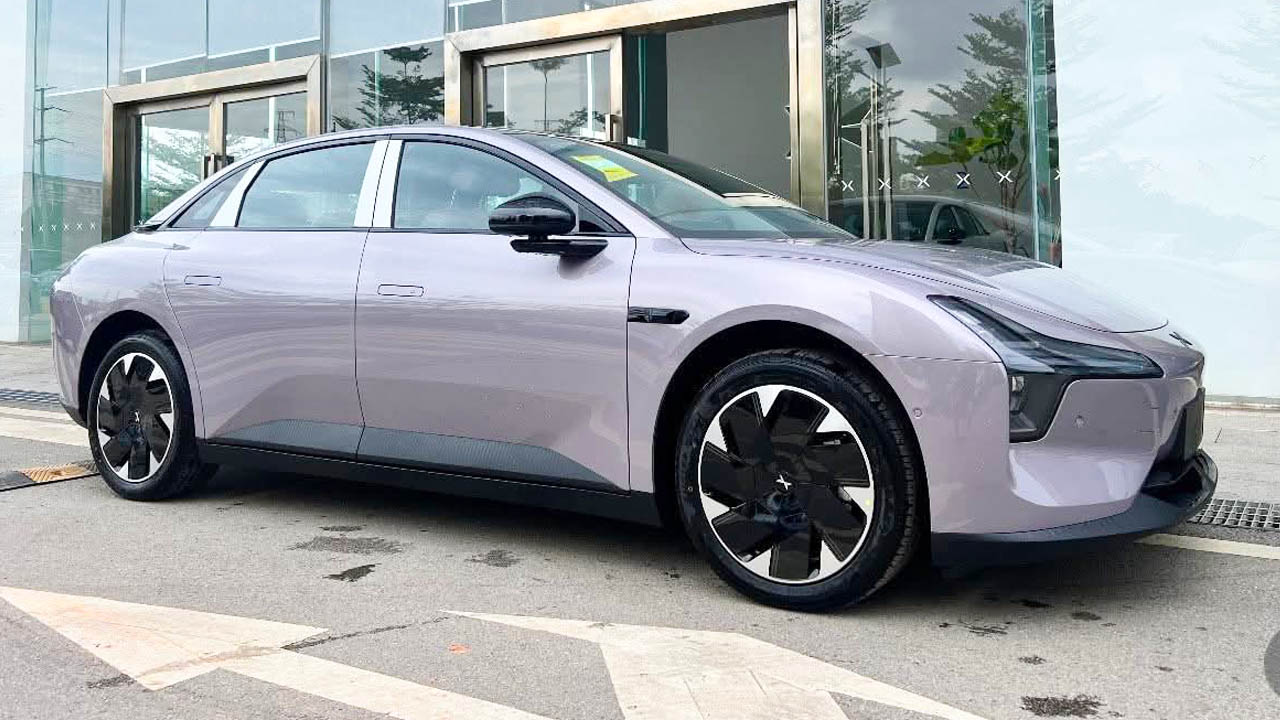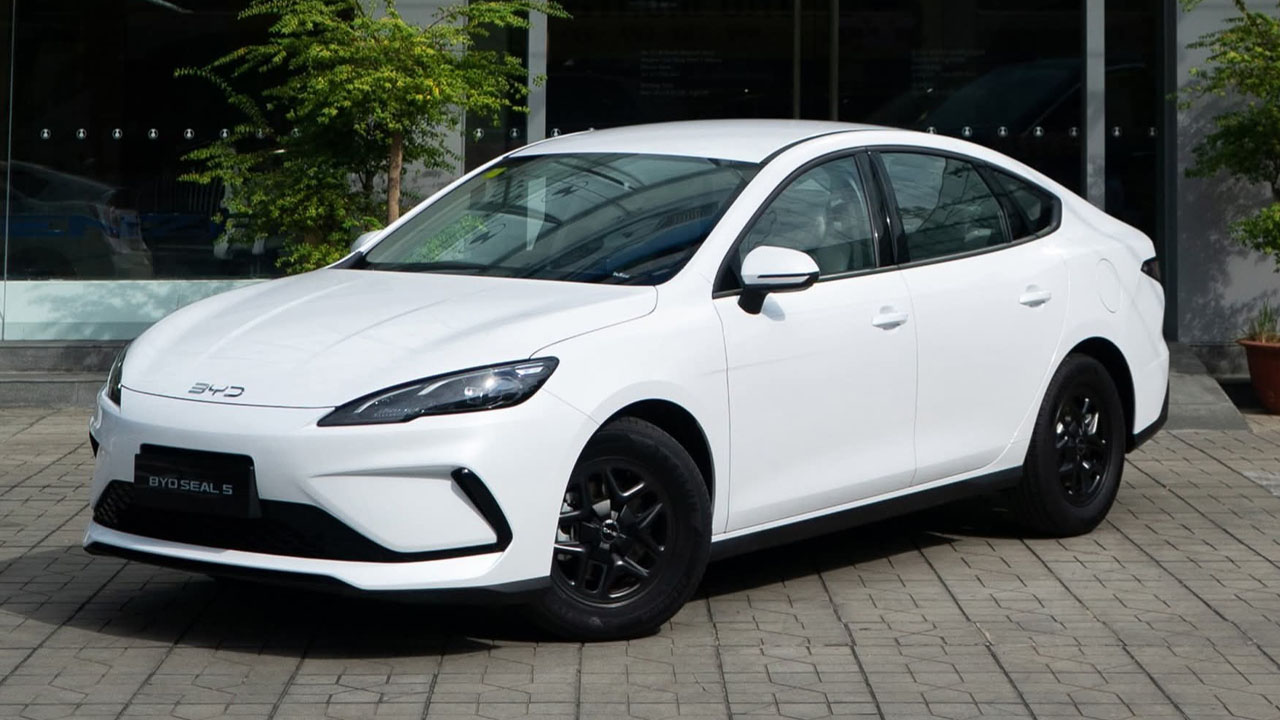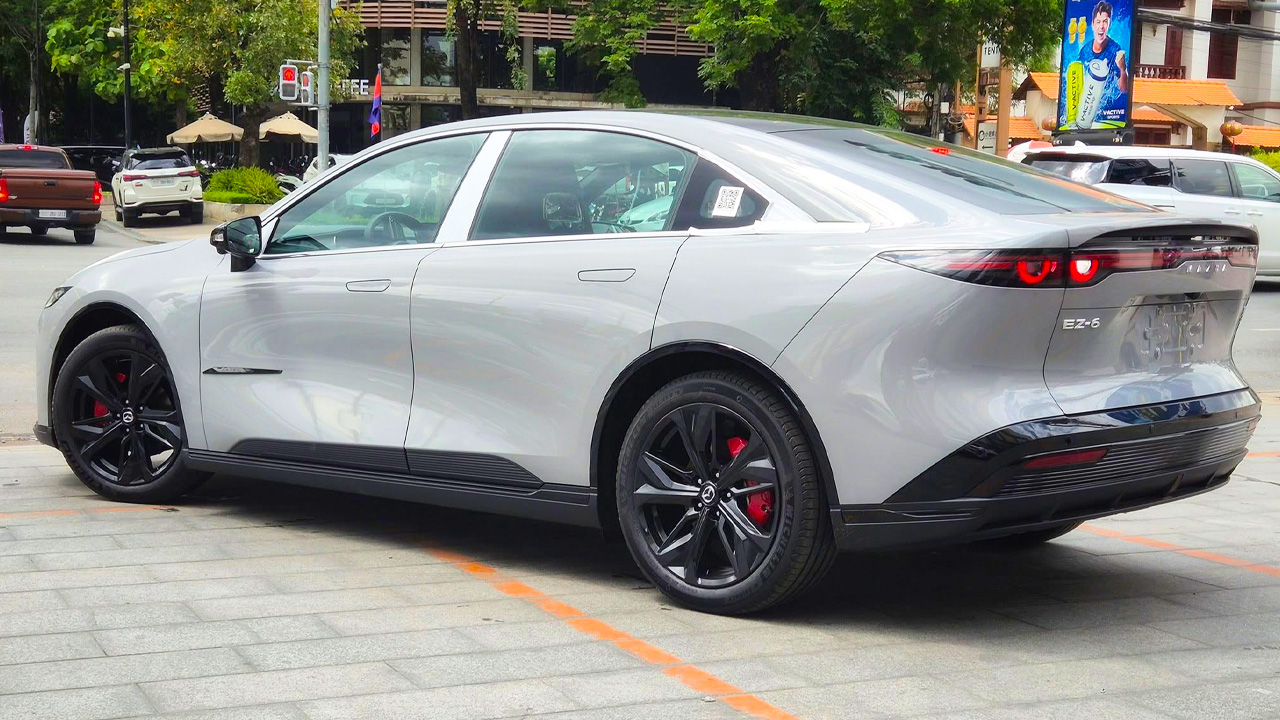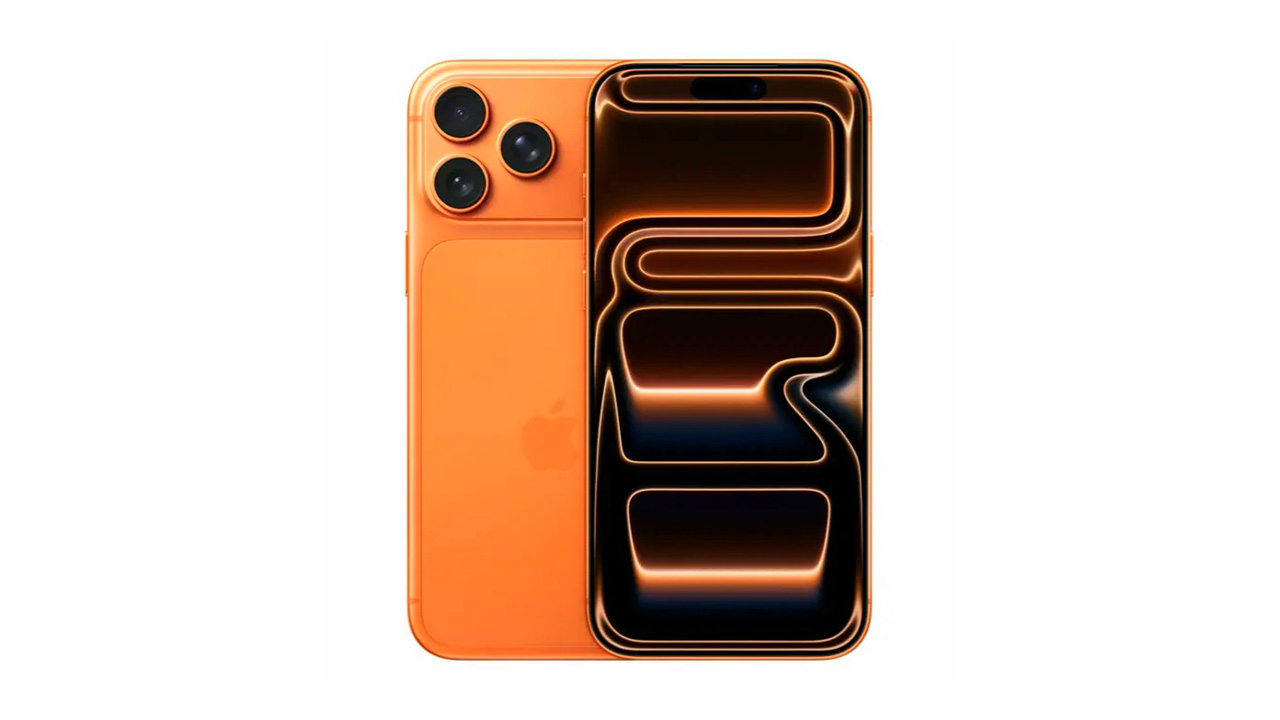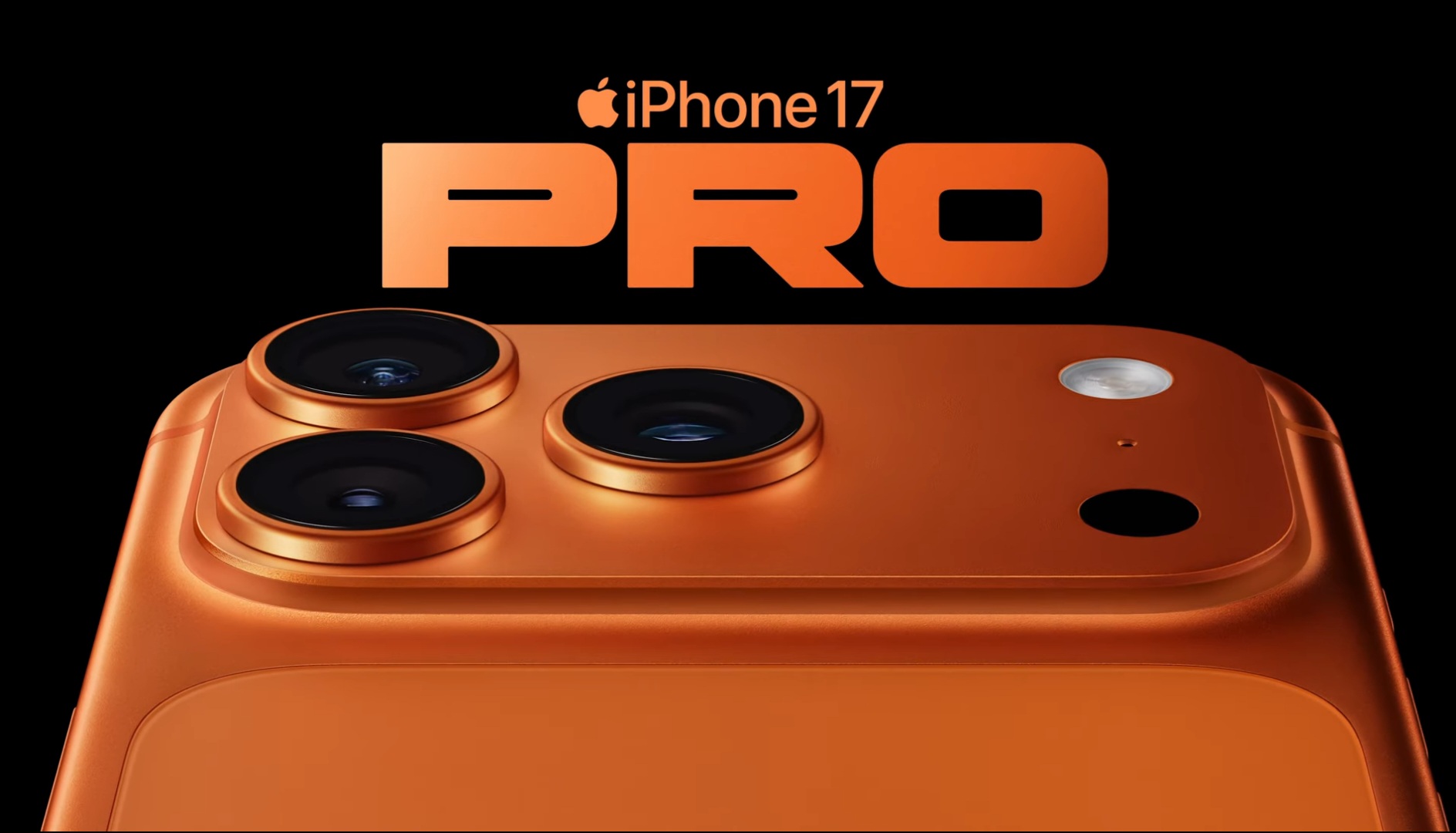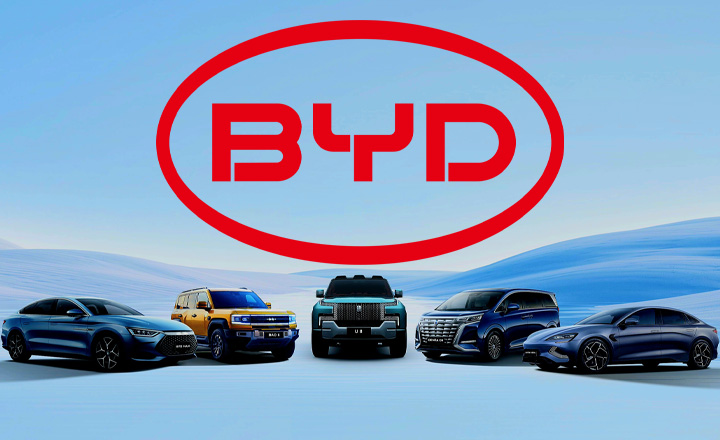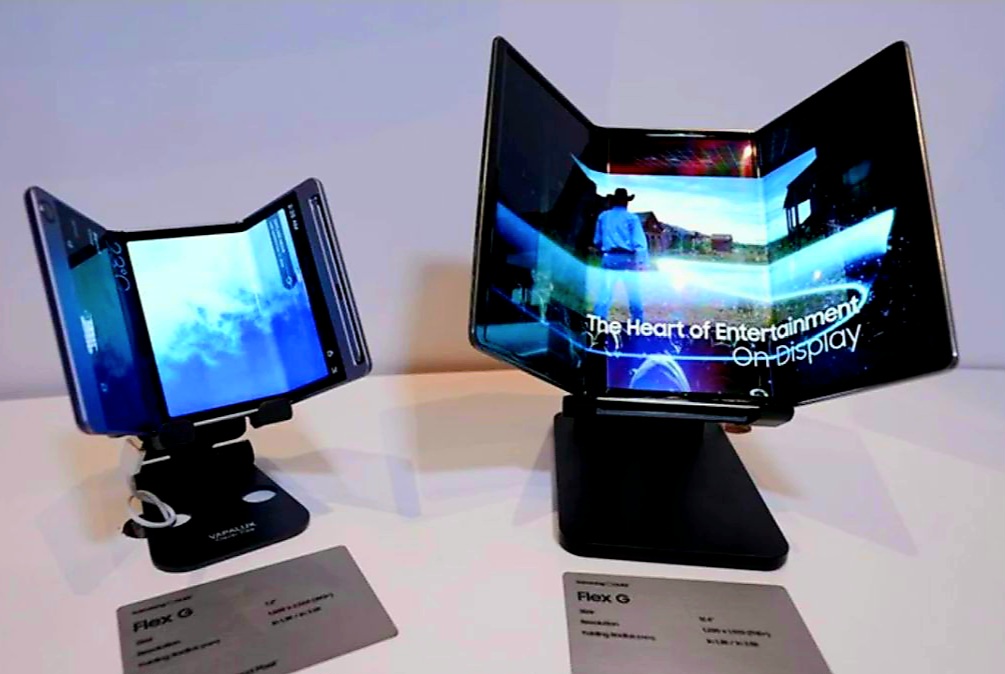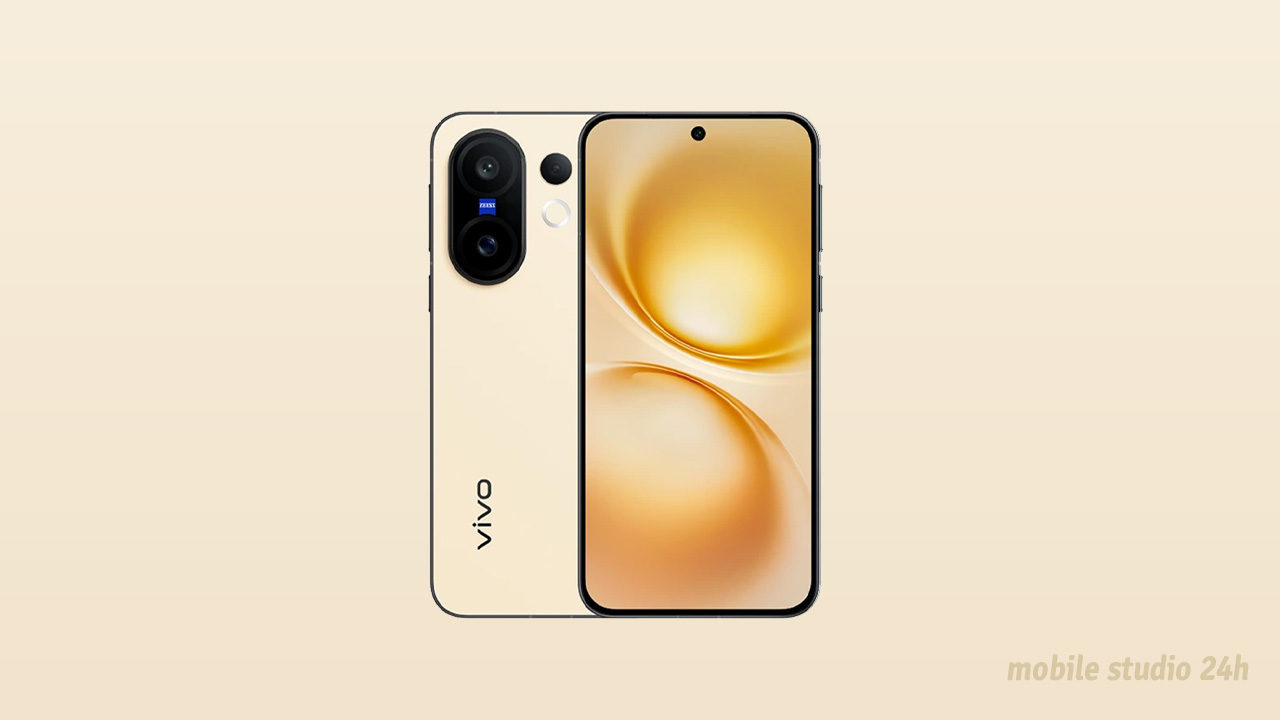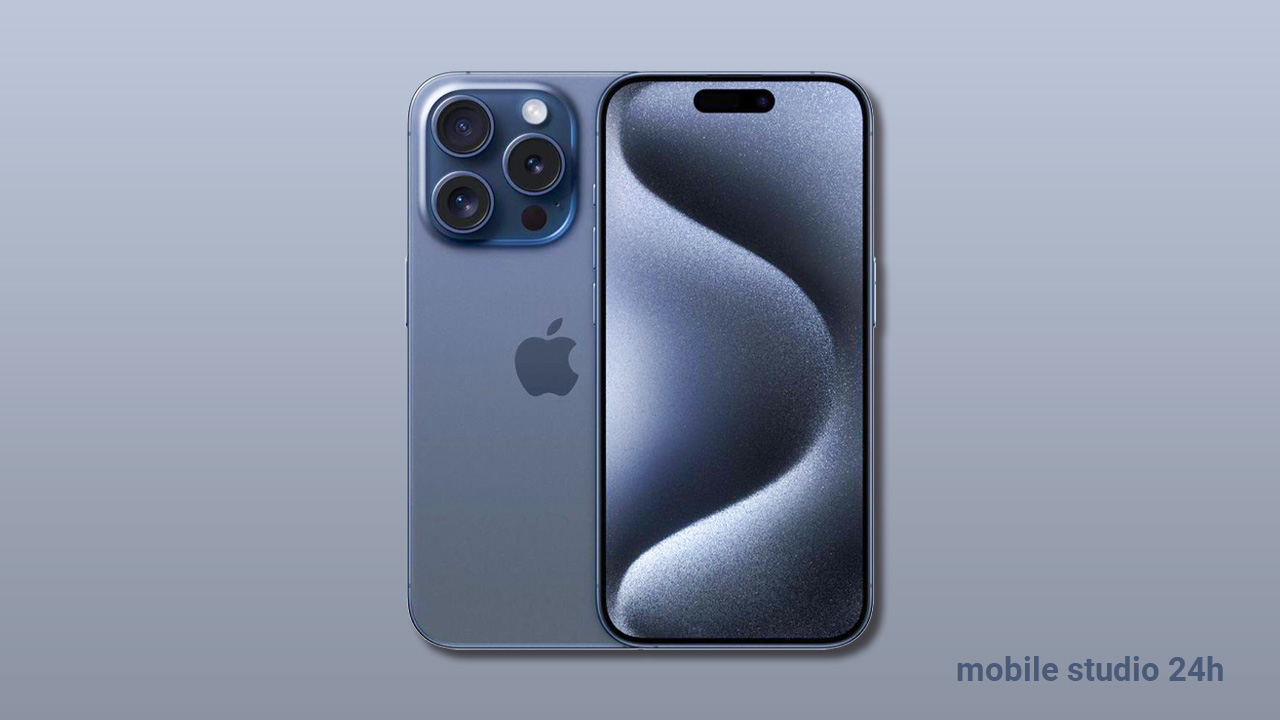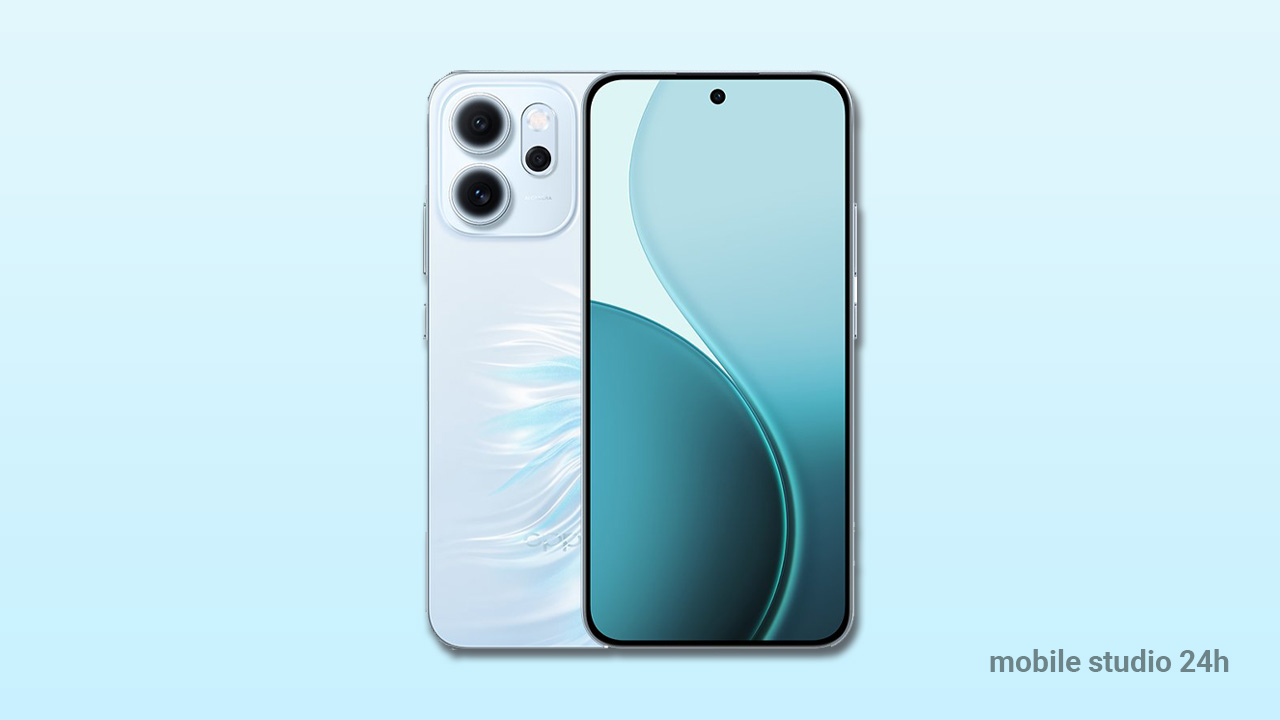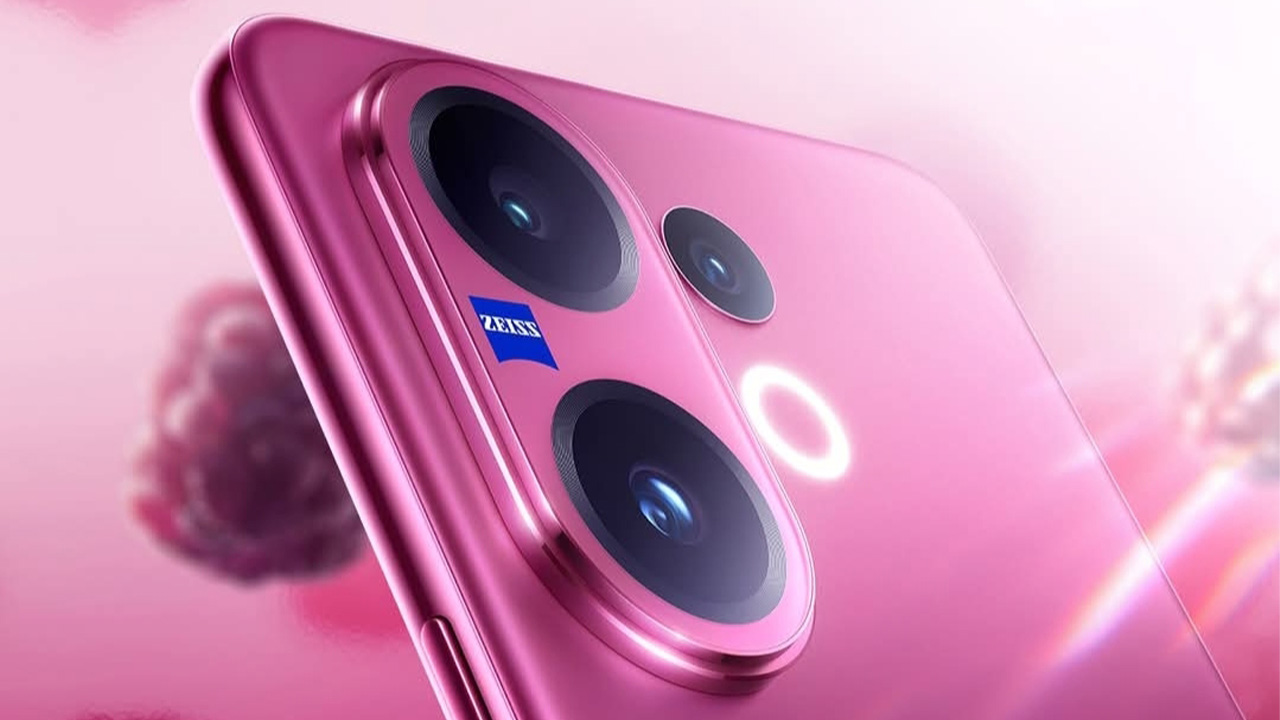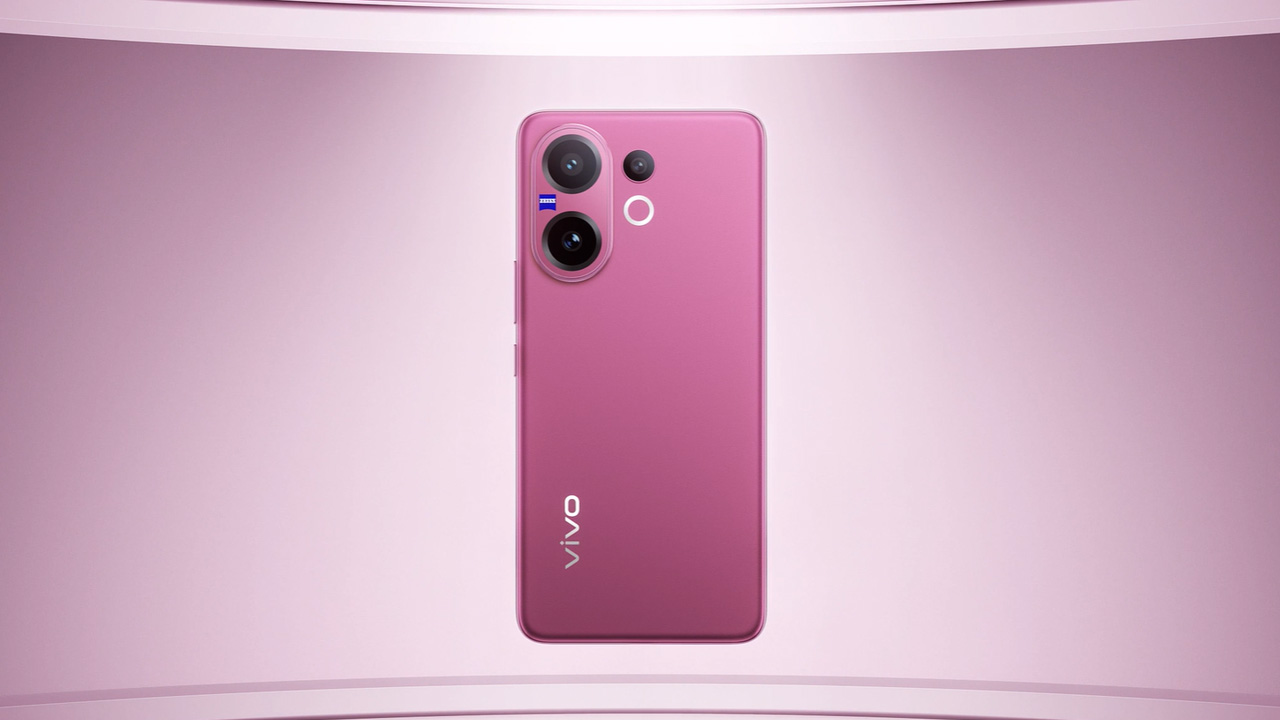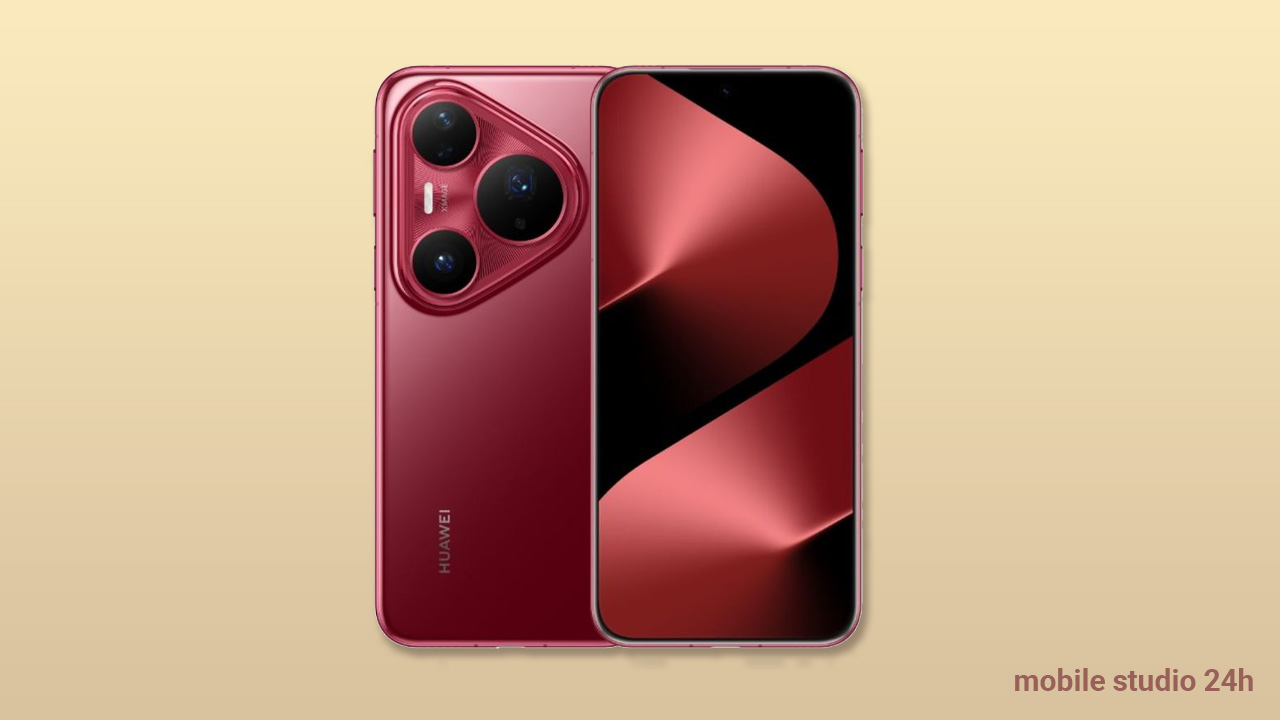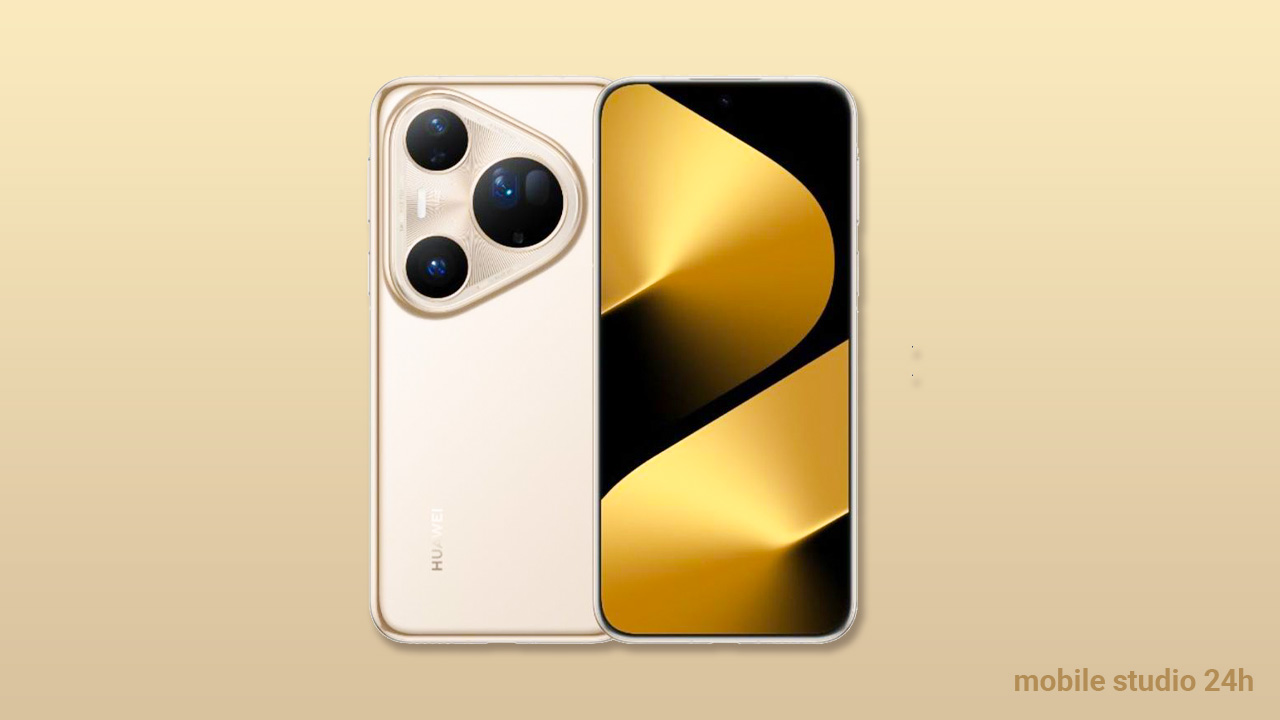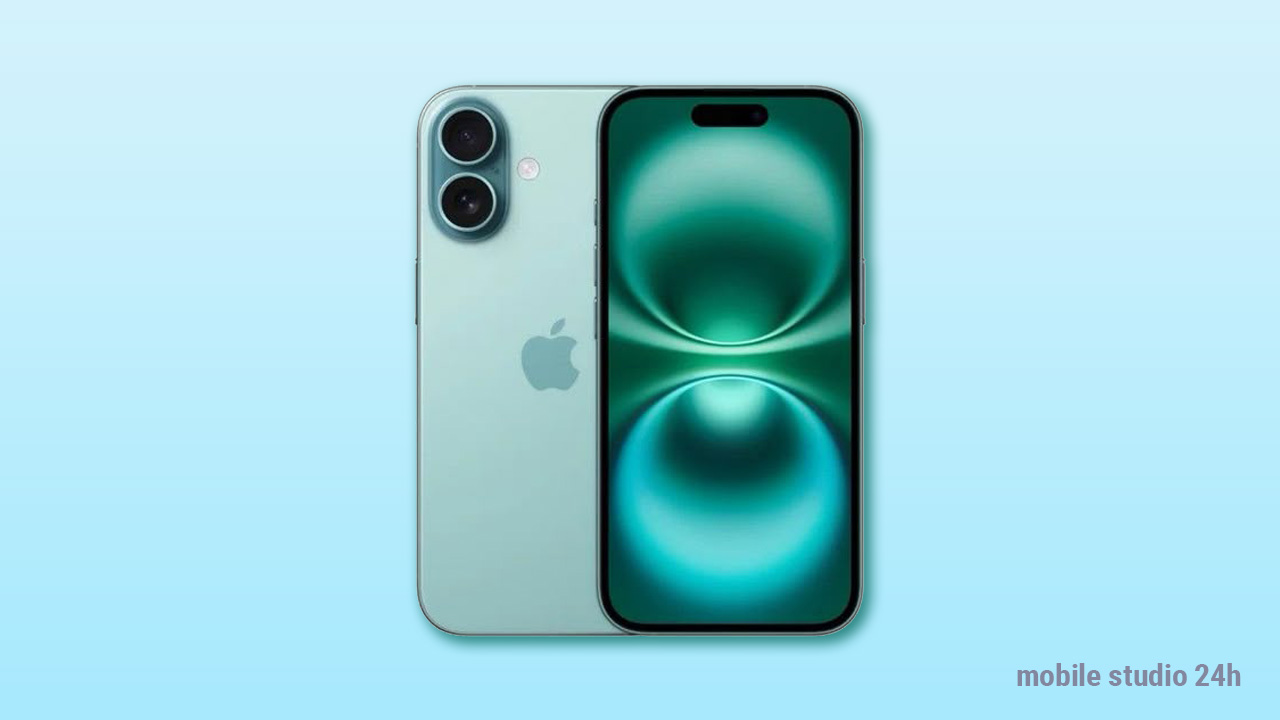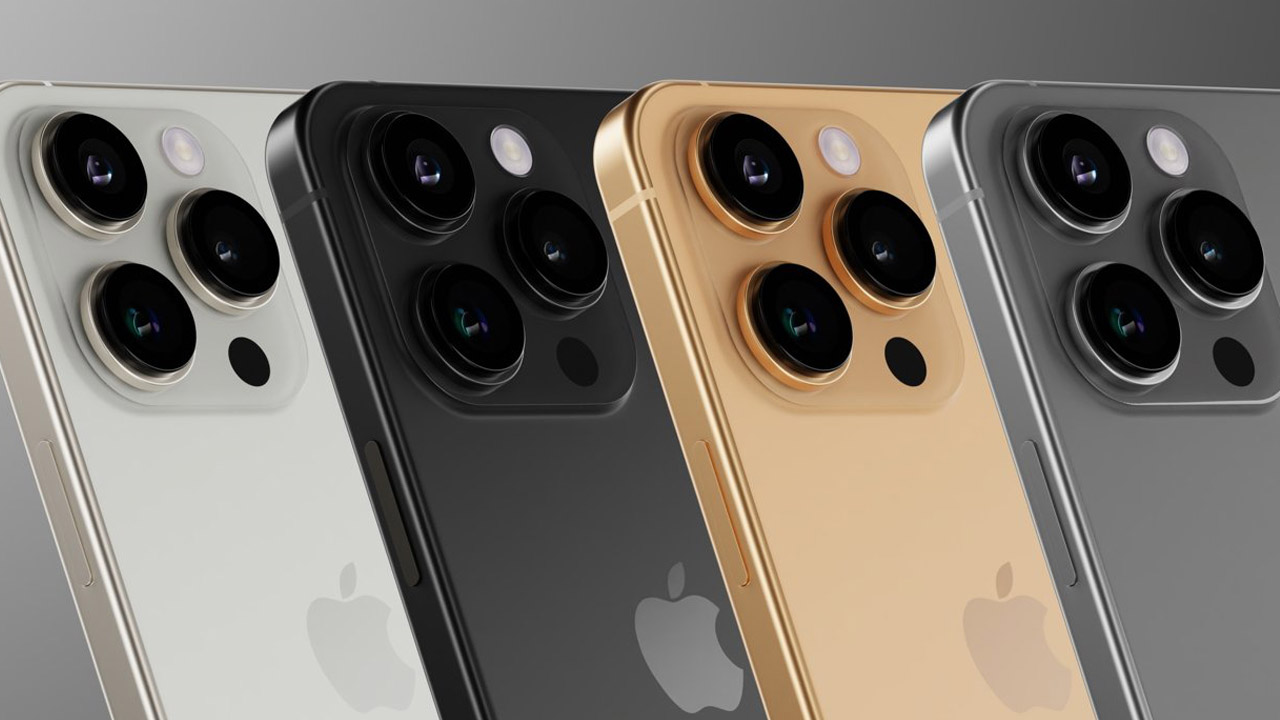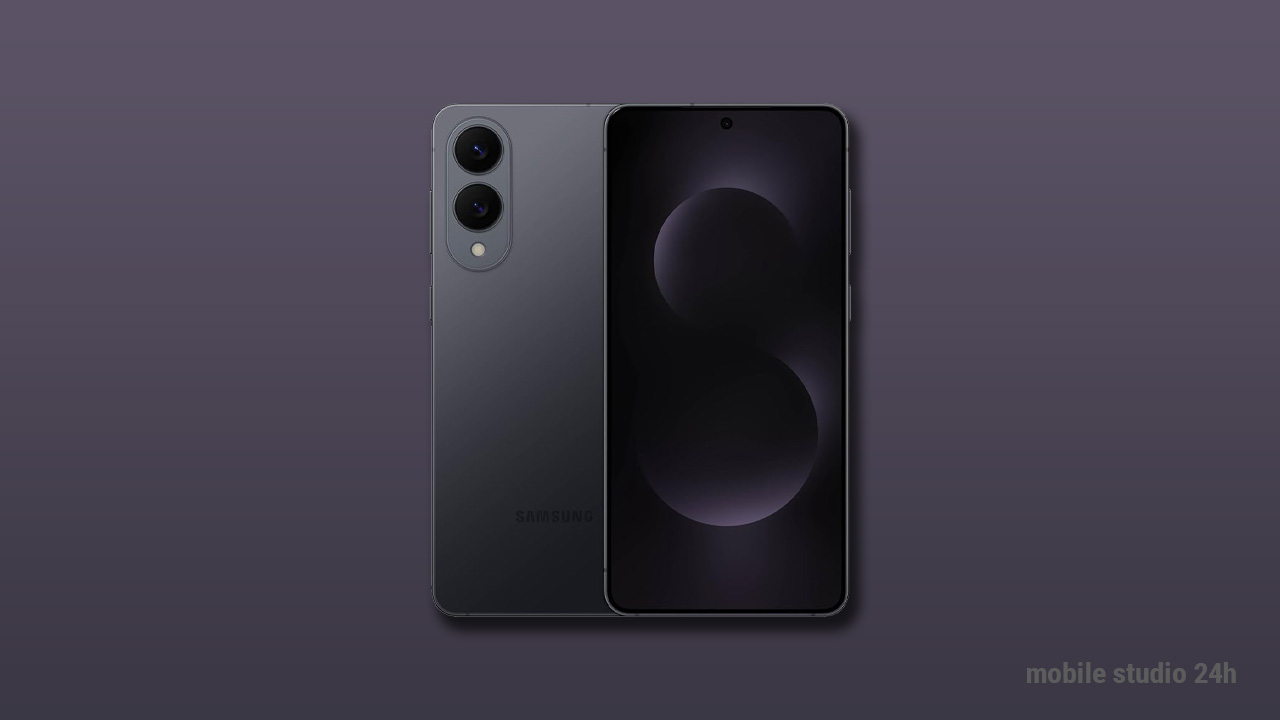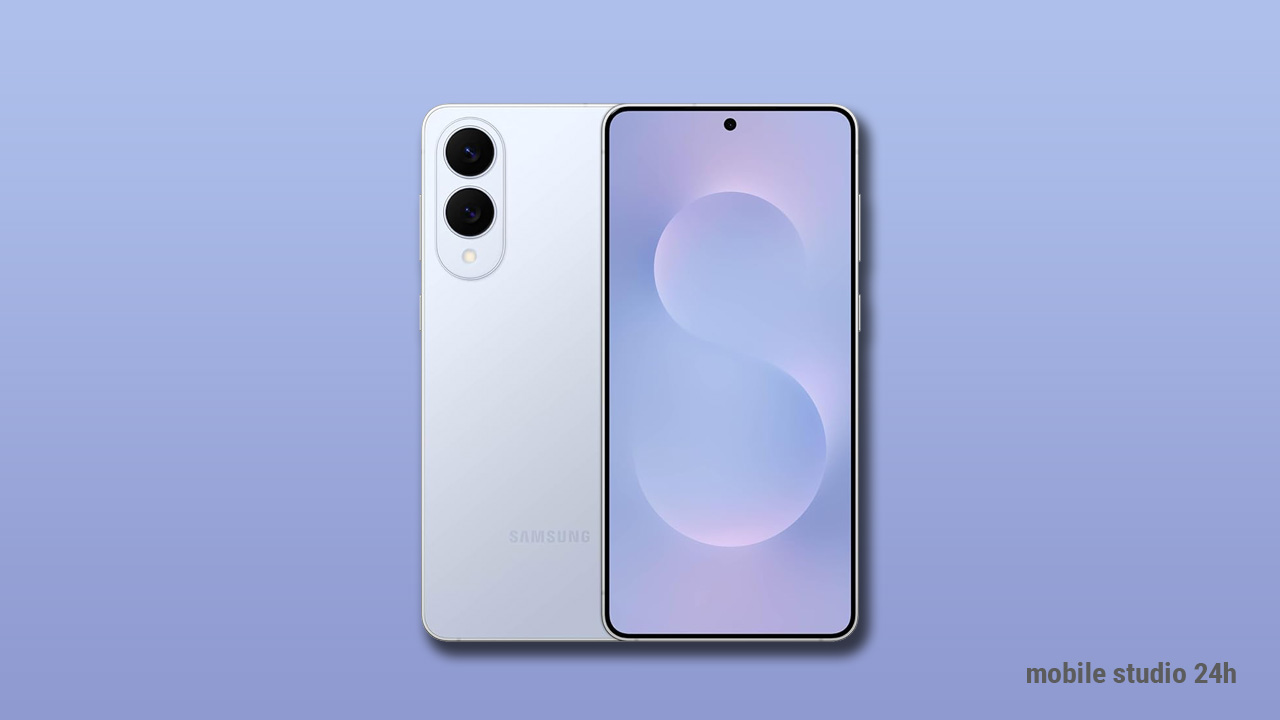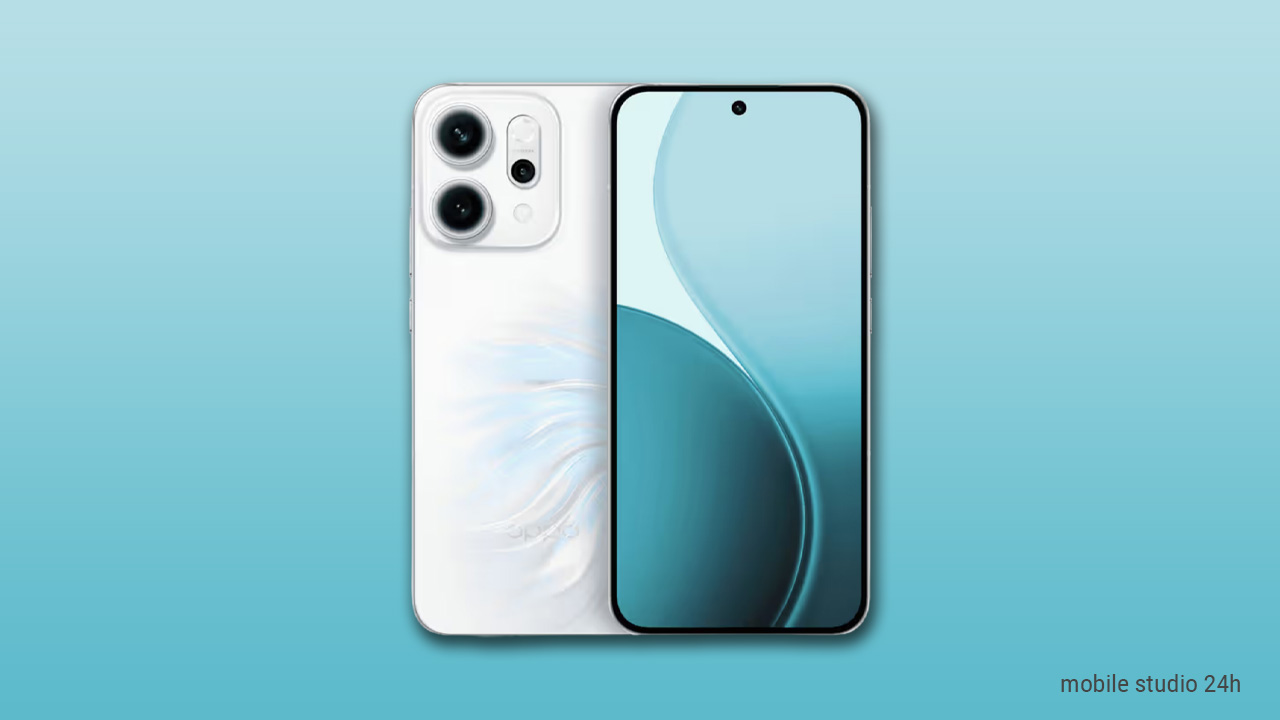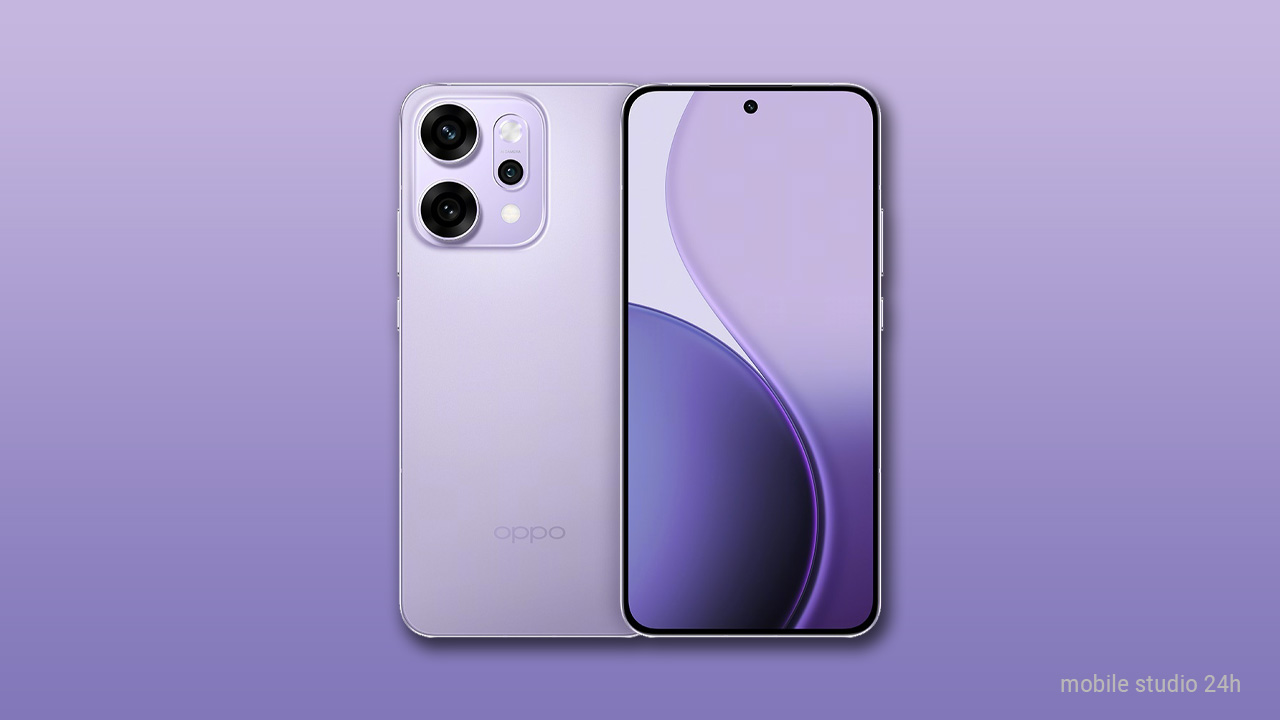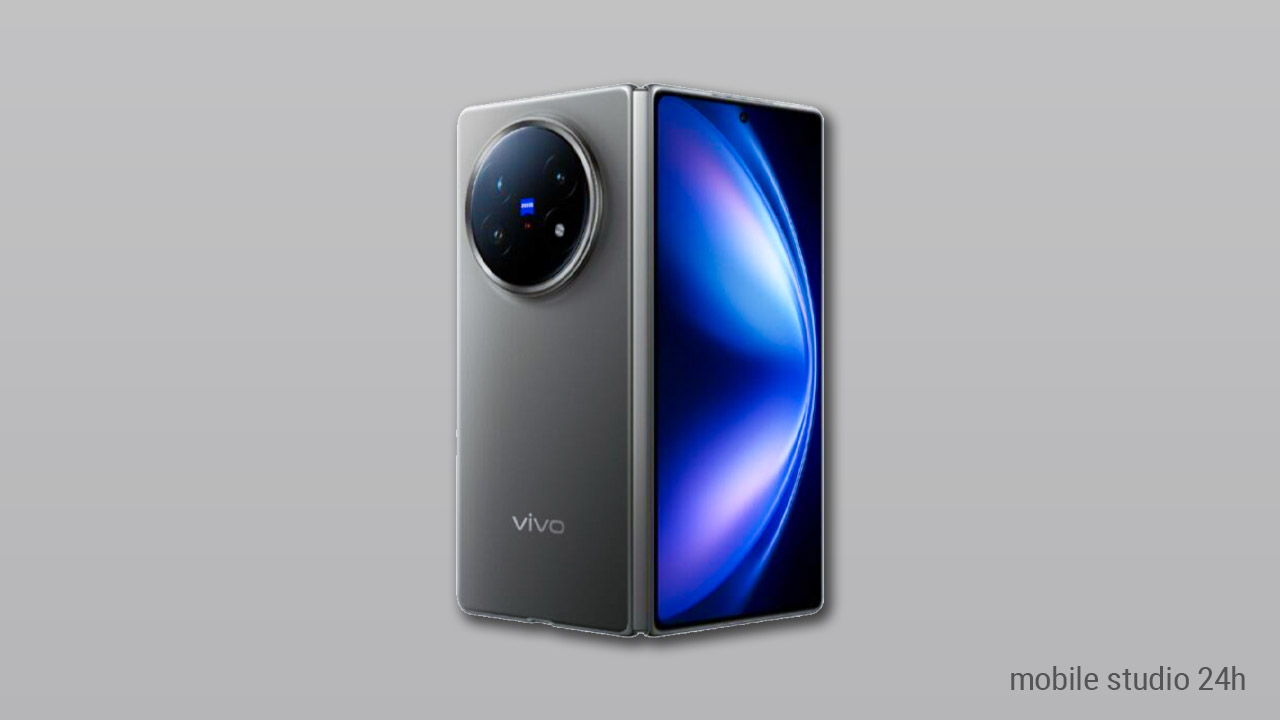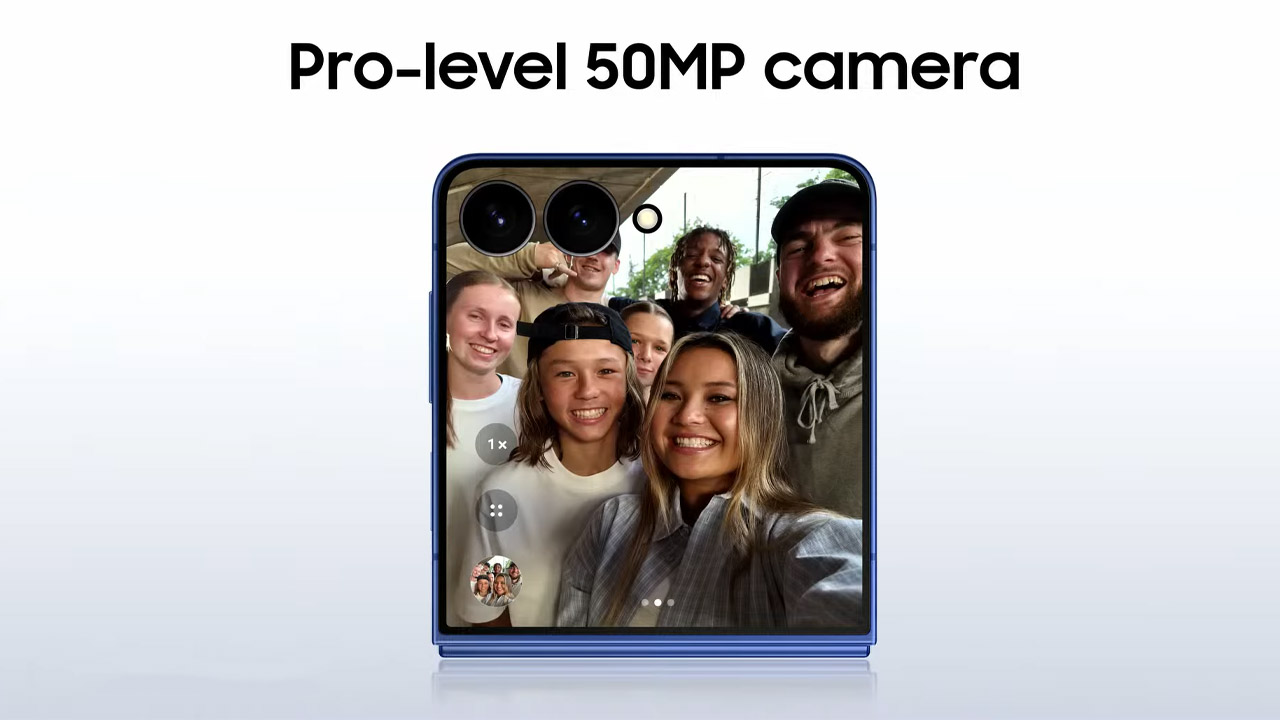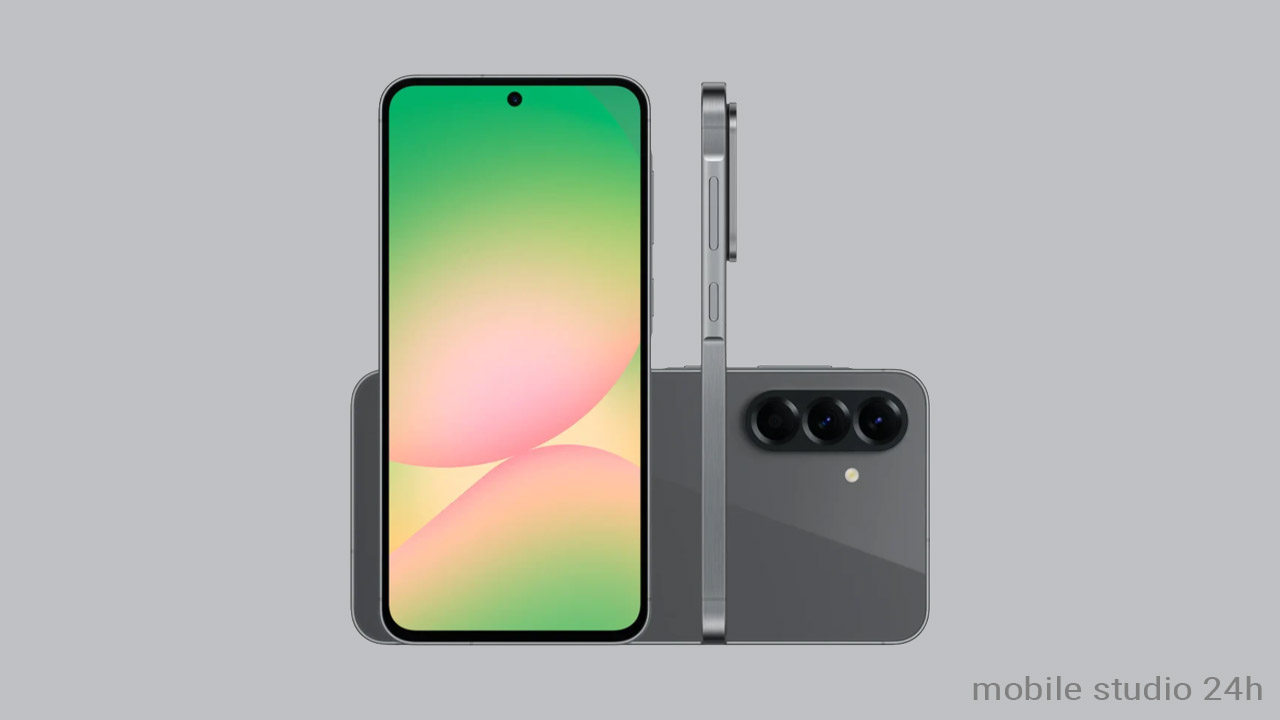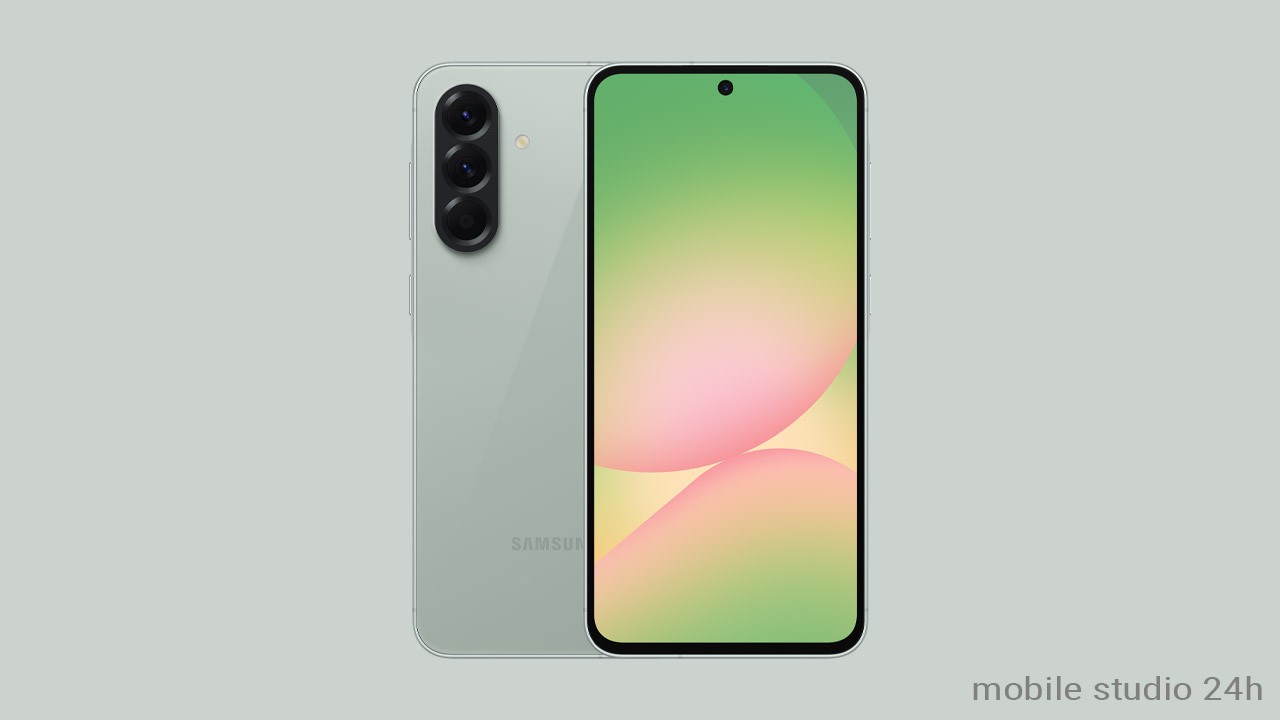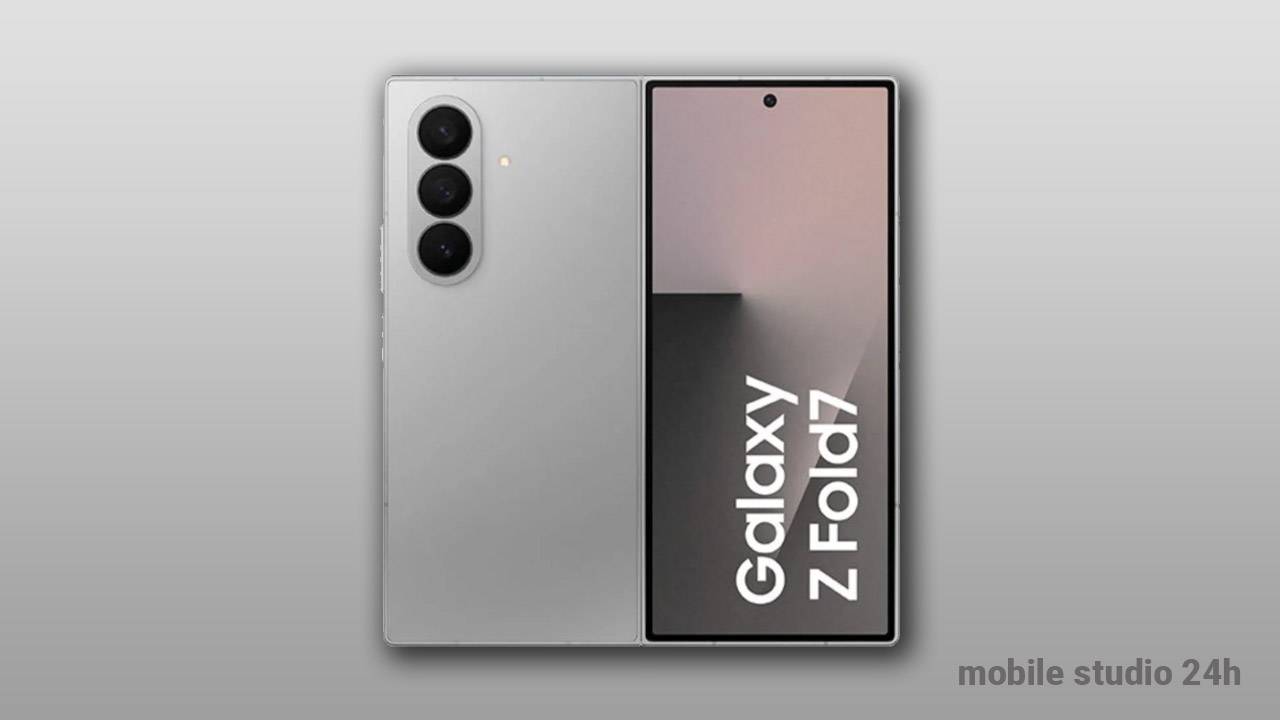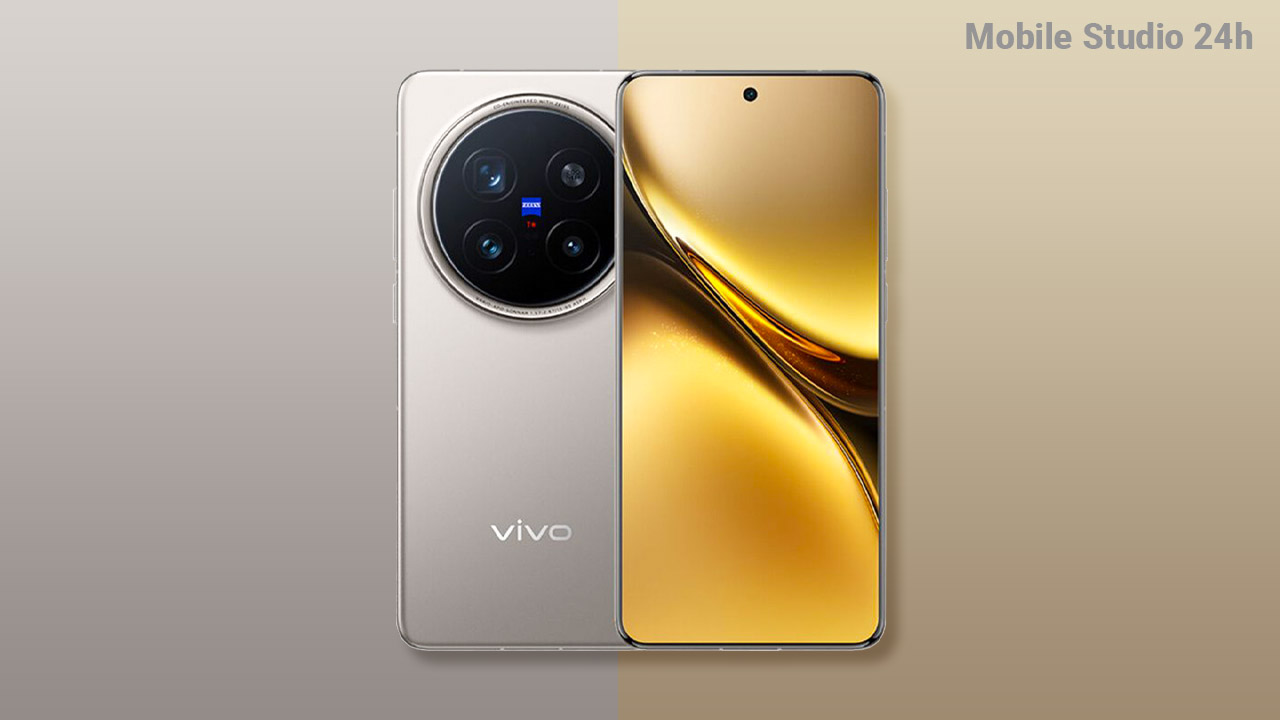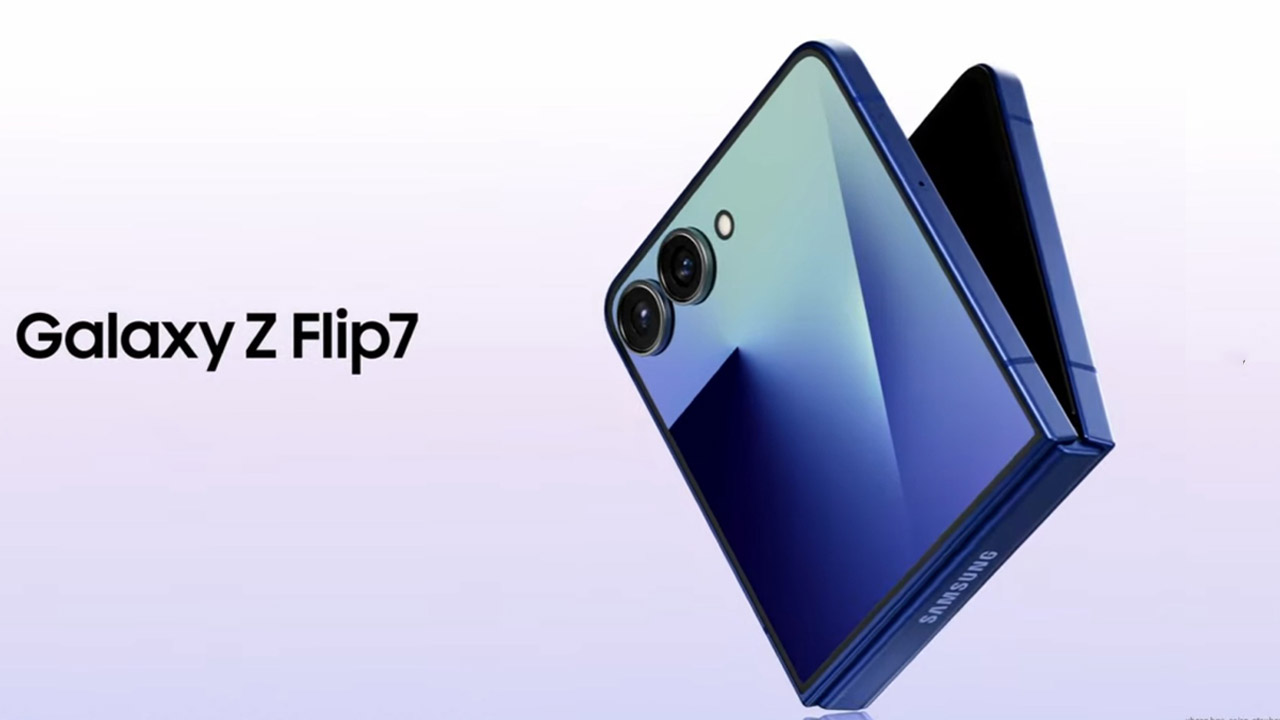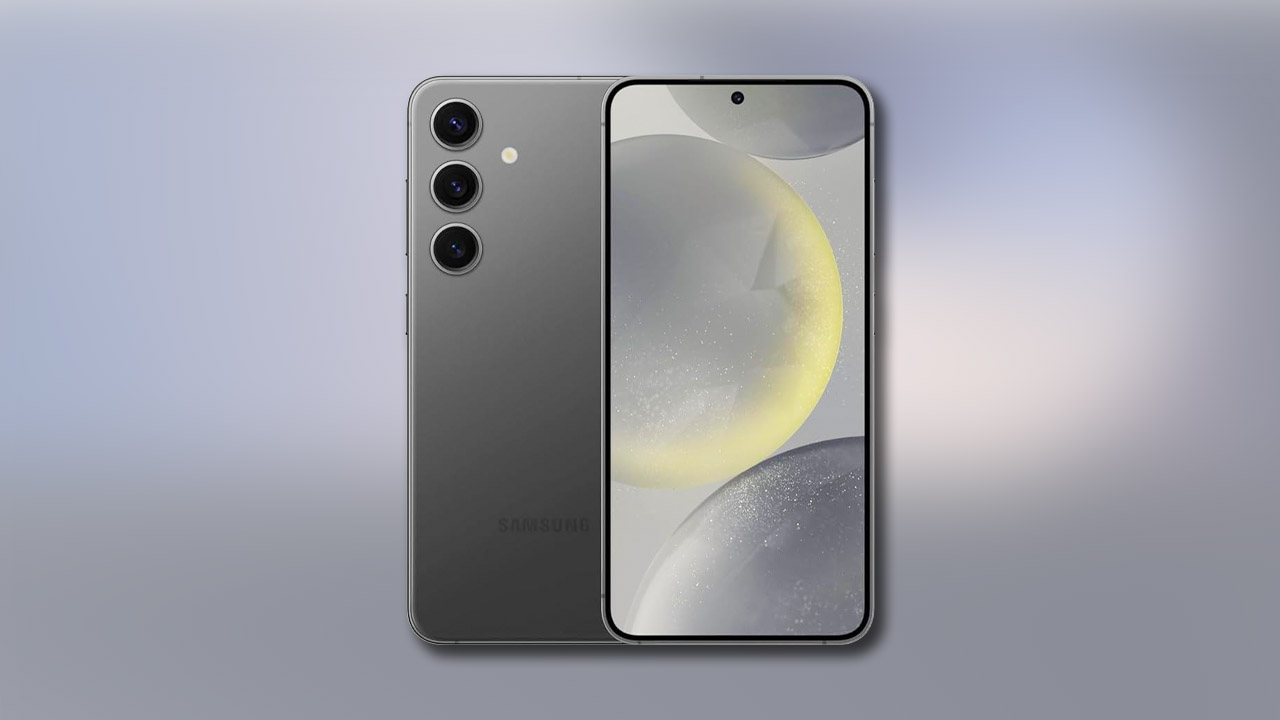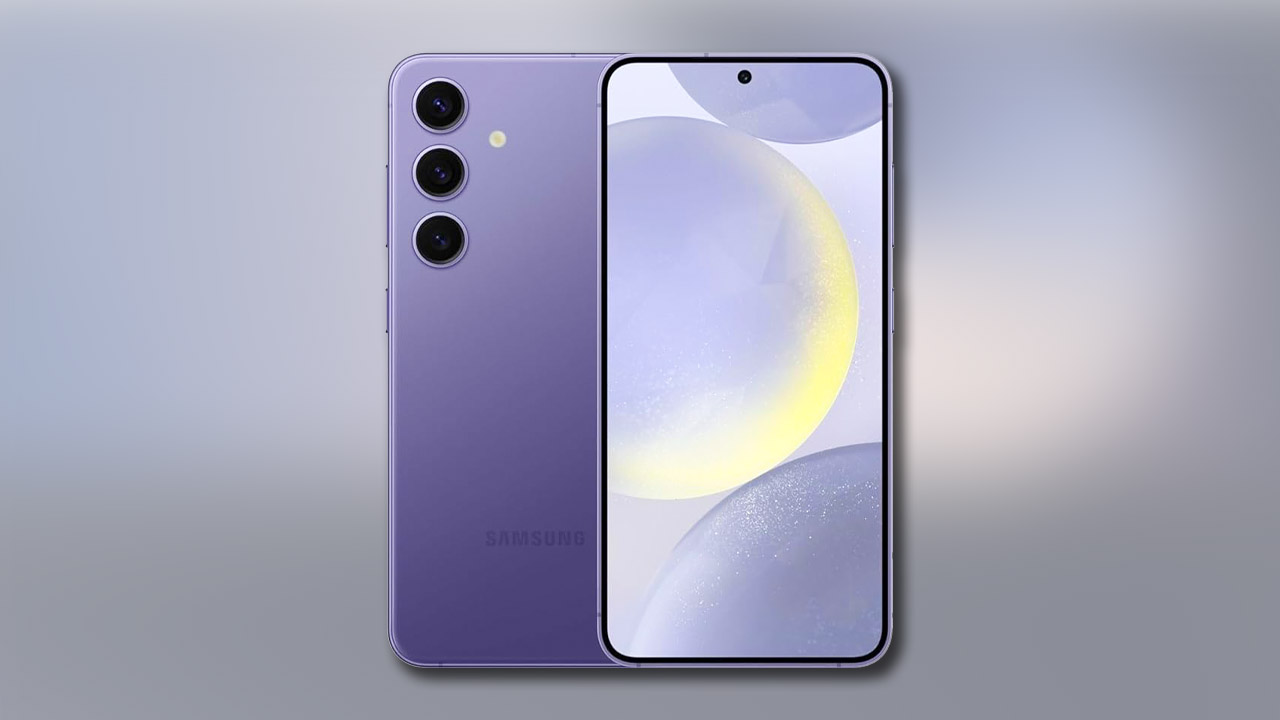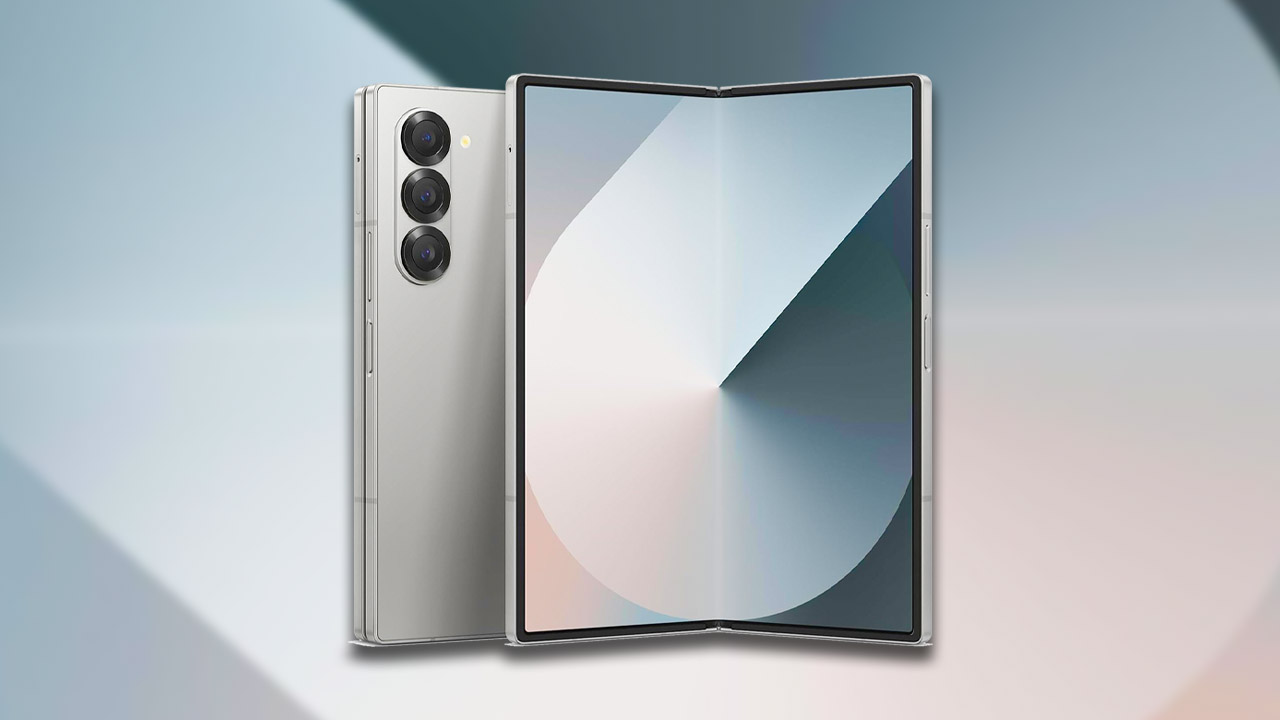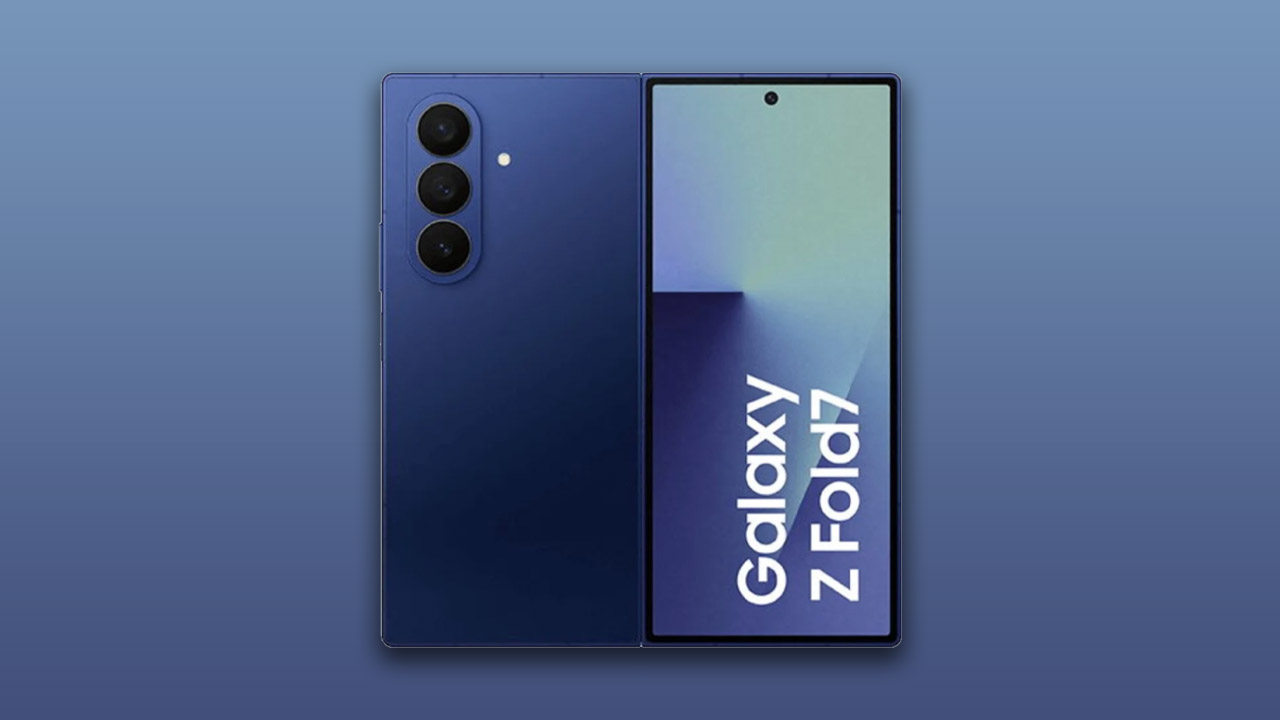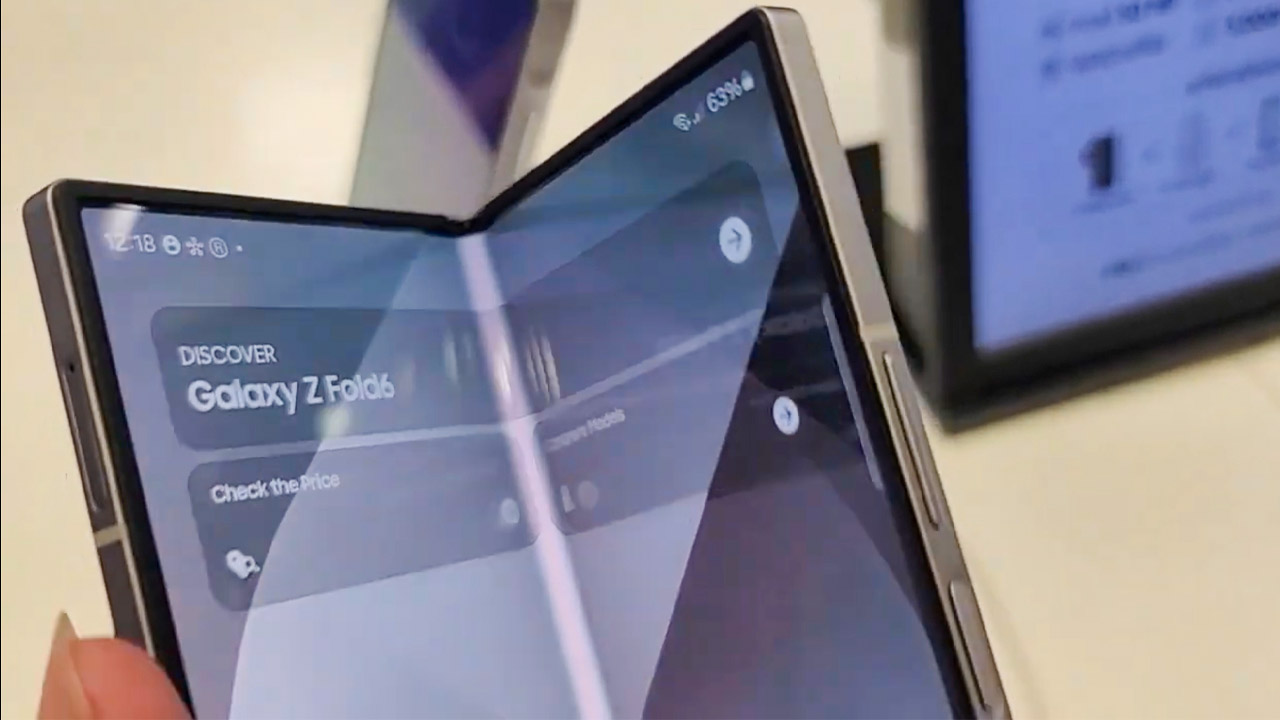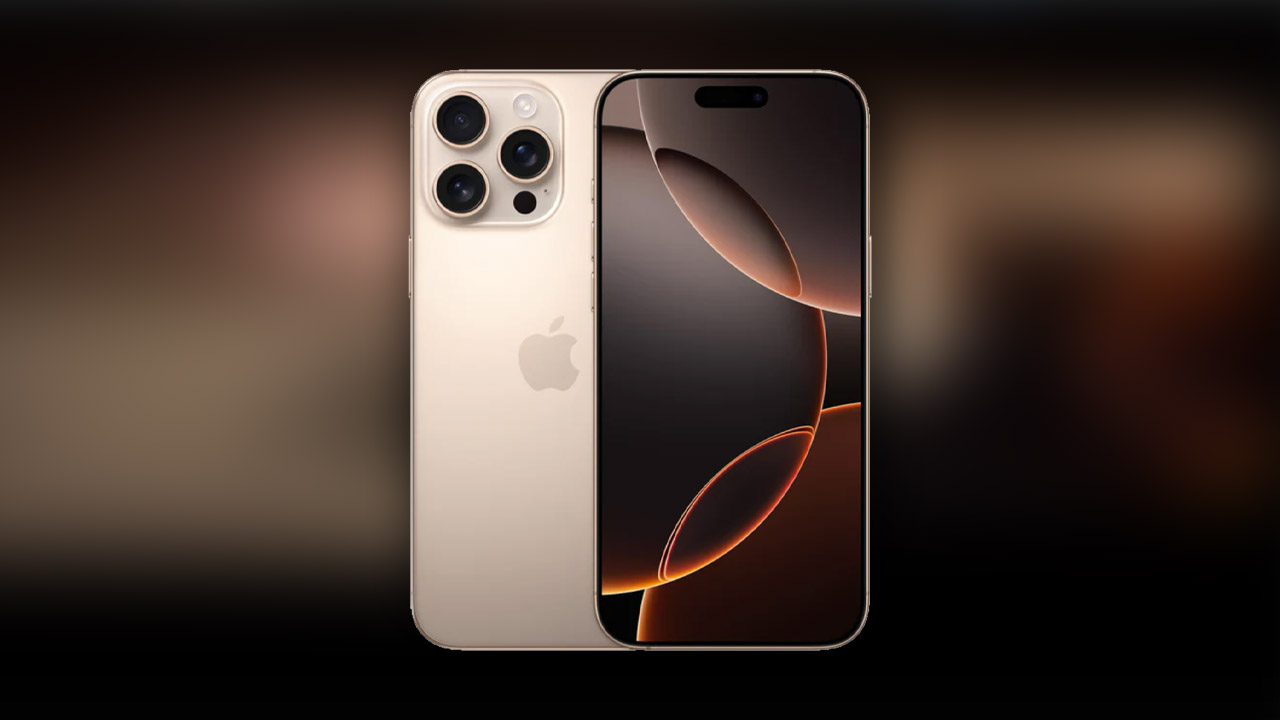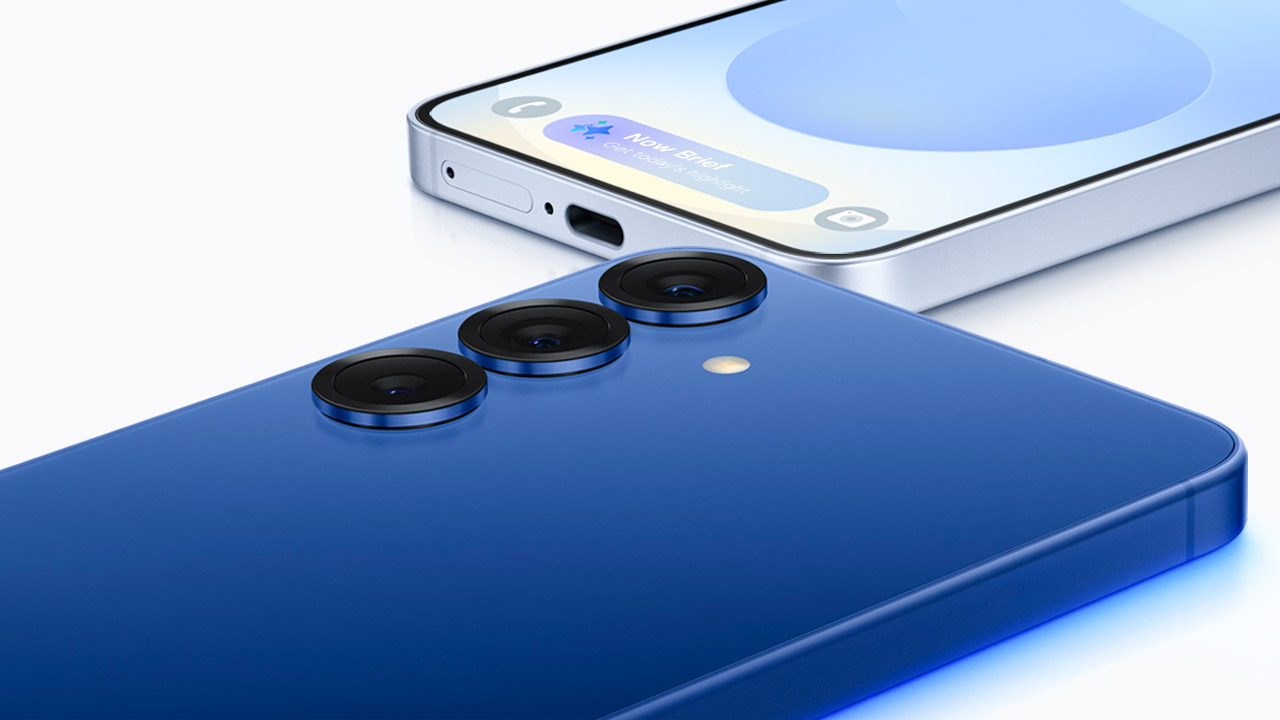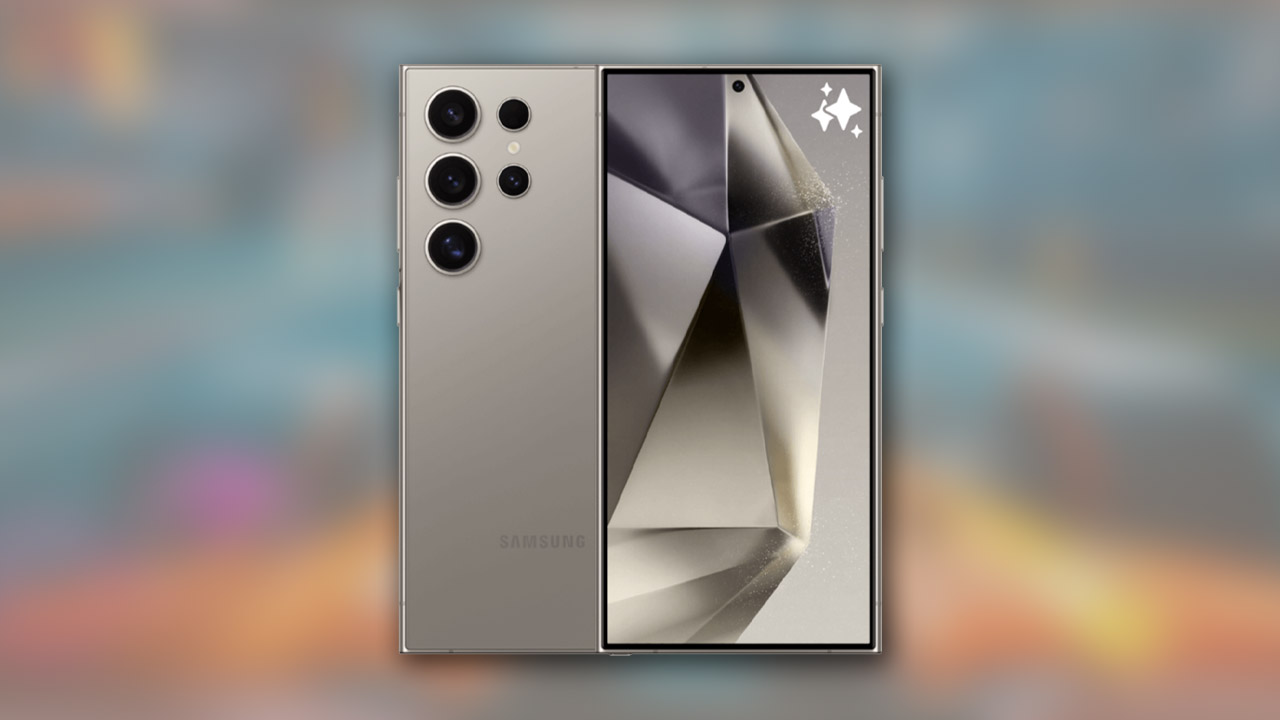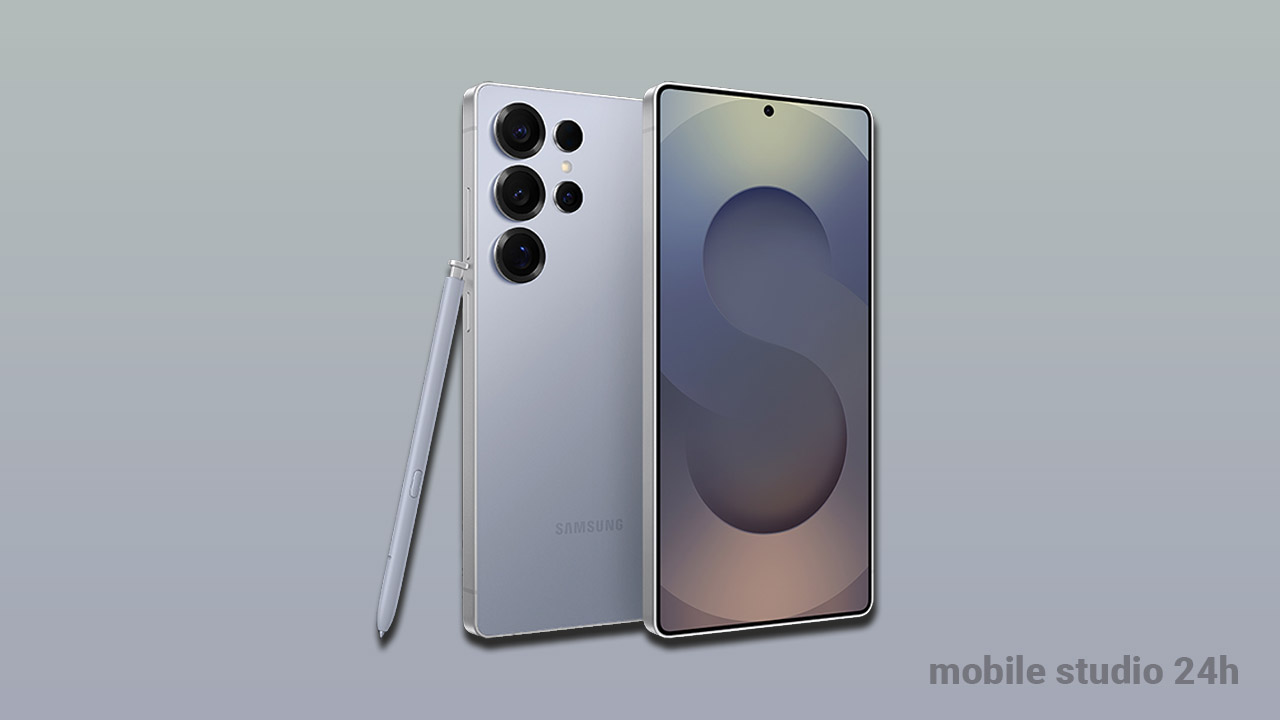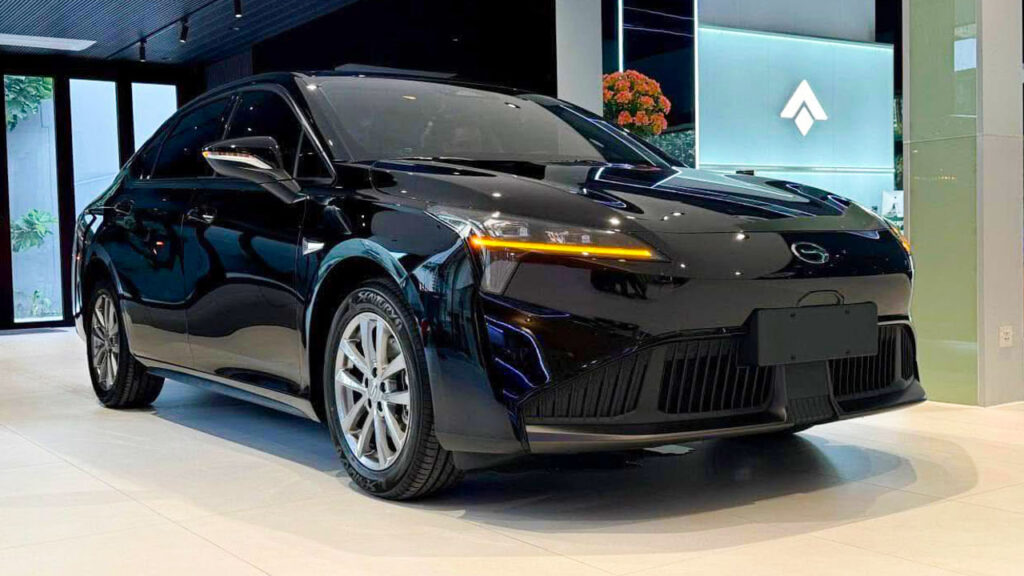
The GAC AION ES is a compelling entrant into the global electric vehicle market, standing out not as an aspirational, high-tech luxury sedan, but rather as an exceptionally practical, spacious, and affordable electric car.
As an export variant of the Aion S, the ES has carved a niche for itself by offering D-segment sedan dimensions at a price point that rivals B-segment petrol hatchbacks or subcompact hybrids. This focus on pure, unadulterated value and functionality is the core of the AION ES‘s identity.
Design and Dimensions: Executive Space, Budget Price
From an exterior perspective, the AION ES manages to look more expensive than its price suggests. Measuring 4,810 mm long, 1,880 mm wide, and 1,545 mm tall, with a generous 2,750 mm wheelbase, it physically competes with larger family sedans like the Toyota Camry or Honda Accord.
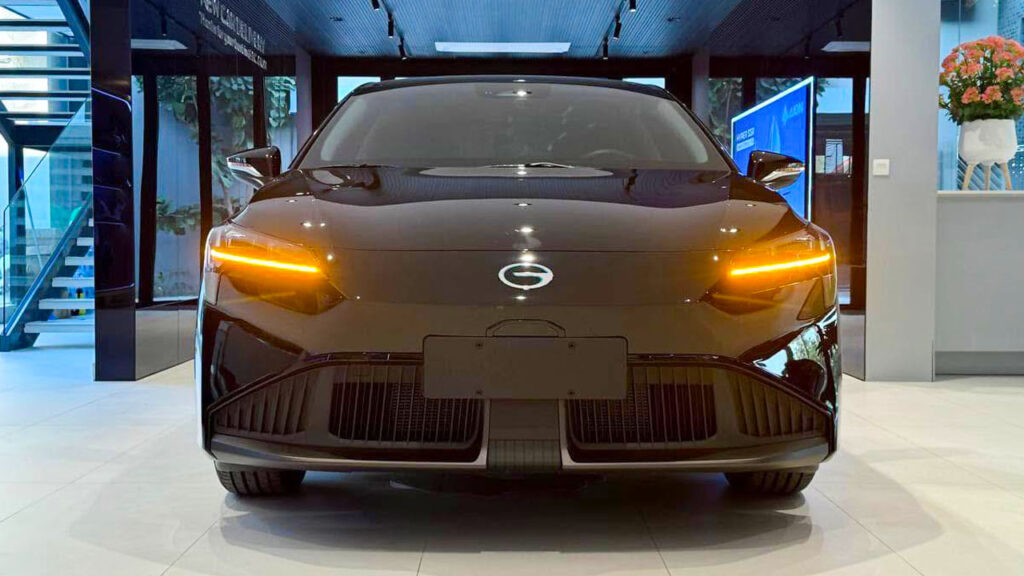
The styling features modern EV cues, including a sealed-off front fascia that hints at its electric powertrain, sharp LED headlamps with integrated daytime running lights, and a connecting LED tail-light bar at the rear. However, the overall look is sometimes criticized, particularly for the wheel arches appearing too large for the standard 17-inch alloy wheels, which can make its side profile look dated. Despite minor aesthetic compromises, the design is generally clean and effective, with the executive length giving it an undeniable presence.
Powertrain, Performance, and Range
The AION ES is built on GAC’s GEP 2.0 pure electric platform and is equipped with a modest but highly efficient electric powertrain.
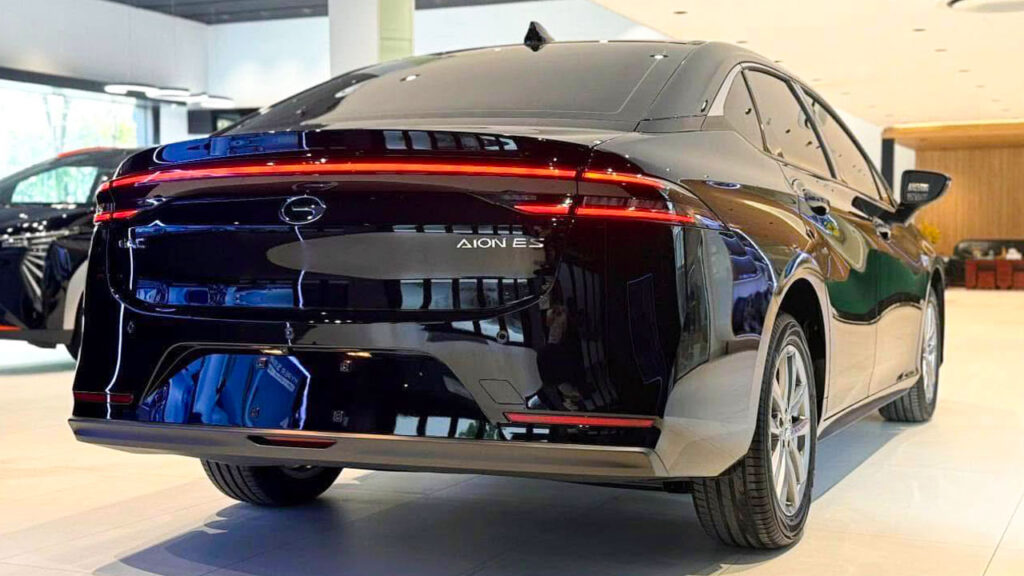
Performance is best described as leisurely and suitable for urban commuting. Its 12.1-second sprint time is slower than many modern family sedans,
but the instant torque of the electric motor provides sufficient power for navigating city traffic.
A significant point of contention is the charging speed. The ES supports a maximum of 6.6 kW AC charging, meaning a full charge at home will typically take around 8-11 hours. DC fast charging is better, usually peaking at 60 kW (sometimes up to 80 kW depending on market and trim), allowing a 30-80% charge in about 30–35 minutes—acceptable, but certainly not class-leading.
Interior, Comfort, and Features
The interior of the AION ES is where its cost-conscious nature is most apparent, yet simultaneously offers its greatest selling point: space.
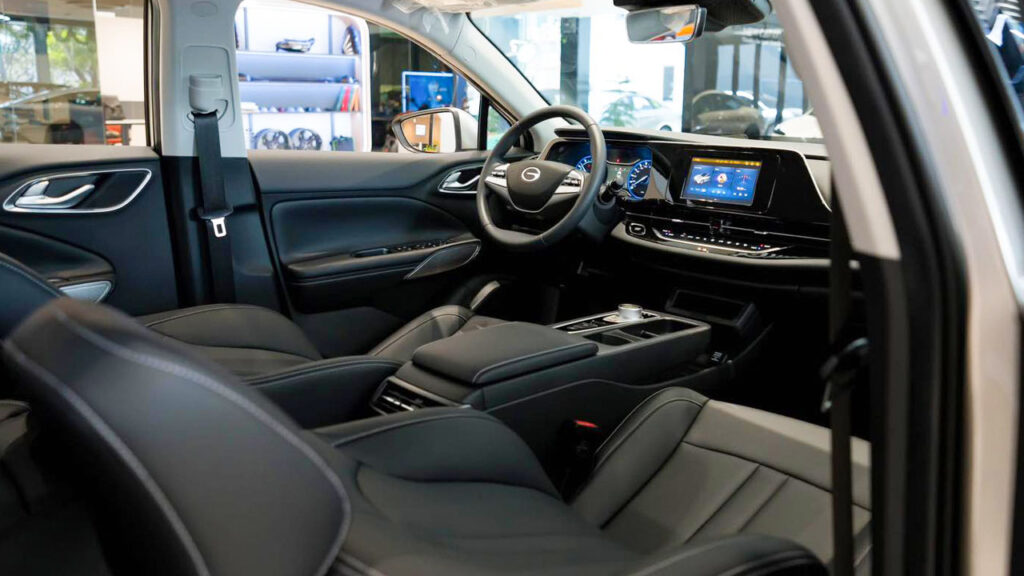
The cabin is remarkably roomy, providing D-segment level legroom and headroom for both front and rear passengers, complemented by a virtually flat rear floor. The boot space is also generous at around 450 liters, easily swallowing several large suitcases.
However, the technology and material quality reflect its budget orientation. It typically features an analog-digital instrument cluster and an 8.0-inch central touchscreen infotainment system. This system is often noted for being sluggish and, crucially, lacks native support for essential features like Apple CarPlay or Android Auto, forcing users to rely on wired connections or its proprietary, sometimes basic, interface.
Despite these compromises, the ES includes several “nice-to-have” features that enhance daily usability, such as:
Automatic Dual-Zone Climate Control
Rear air-conditioning vents (a huge plus for back-seat passengers)
Electric Parking Brake with Auto Hold
Automatic Headlights and Rain-sensing Wipers
Rear parking camera and sensors
Safety equipment is minimal on certain base export trims, often featuring just dual front airbags, which is a major drawback compared to rivals offering six or more. Higher trims, however, may include features like Lane Keep Assist and Adaptive Cruise Control.
Target Market and Value Proposition
The AION ES is explicitly engineered for maximum utility and low ownership cost. Its primary market is often ride-hailing fleets and entry-level EV buyers who prioritize interior space, range, and affordability over cutting-edge technology or thrilling performance.
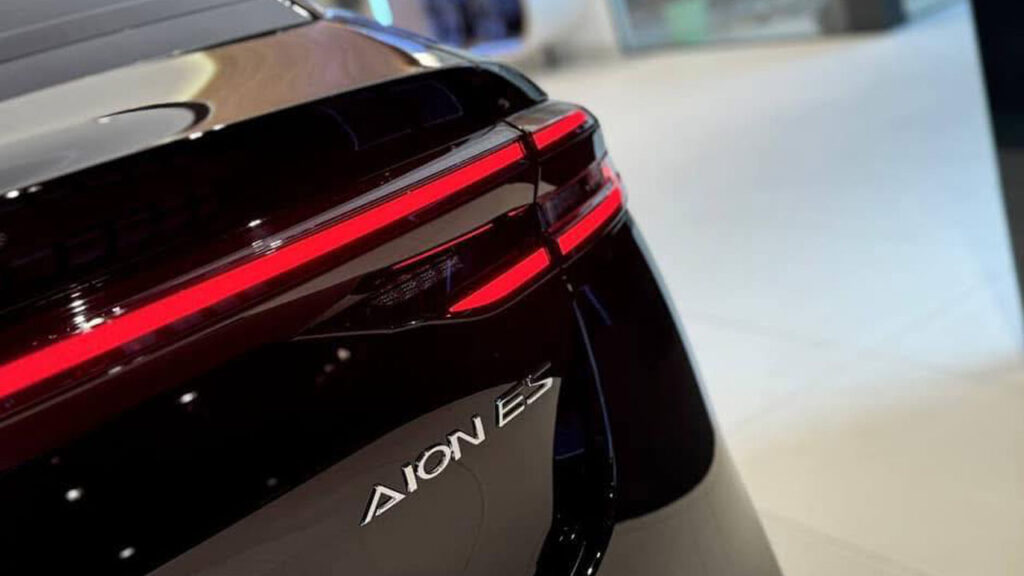
The Lithium Iron Phosphate (LFP) battery choice is a key element of its value, offering high stability, long cycle life, and lower manufacturing cost compared to NMC batteries, perfect for high-mileage commercial use.
Ultimately, the AION ES succeeds because it delivers an enormous amount of electric car for the money. It provides the quiet, refined, and energy-efficient driving experience of an EV, combined with the spaciousness of a larger sedan, all while competing on price with much smaller, entry-level vehicles. While charging is slow and the cabin tech is basic, for the driver who needs a dependable, comfortable, and practical point-to-point electric mobility solution, the AION ES is difficult to beat on sheer value.



